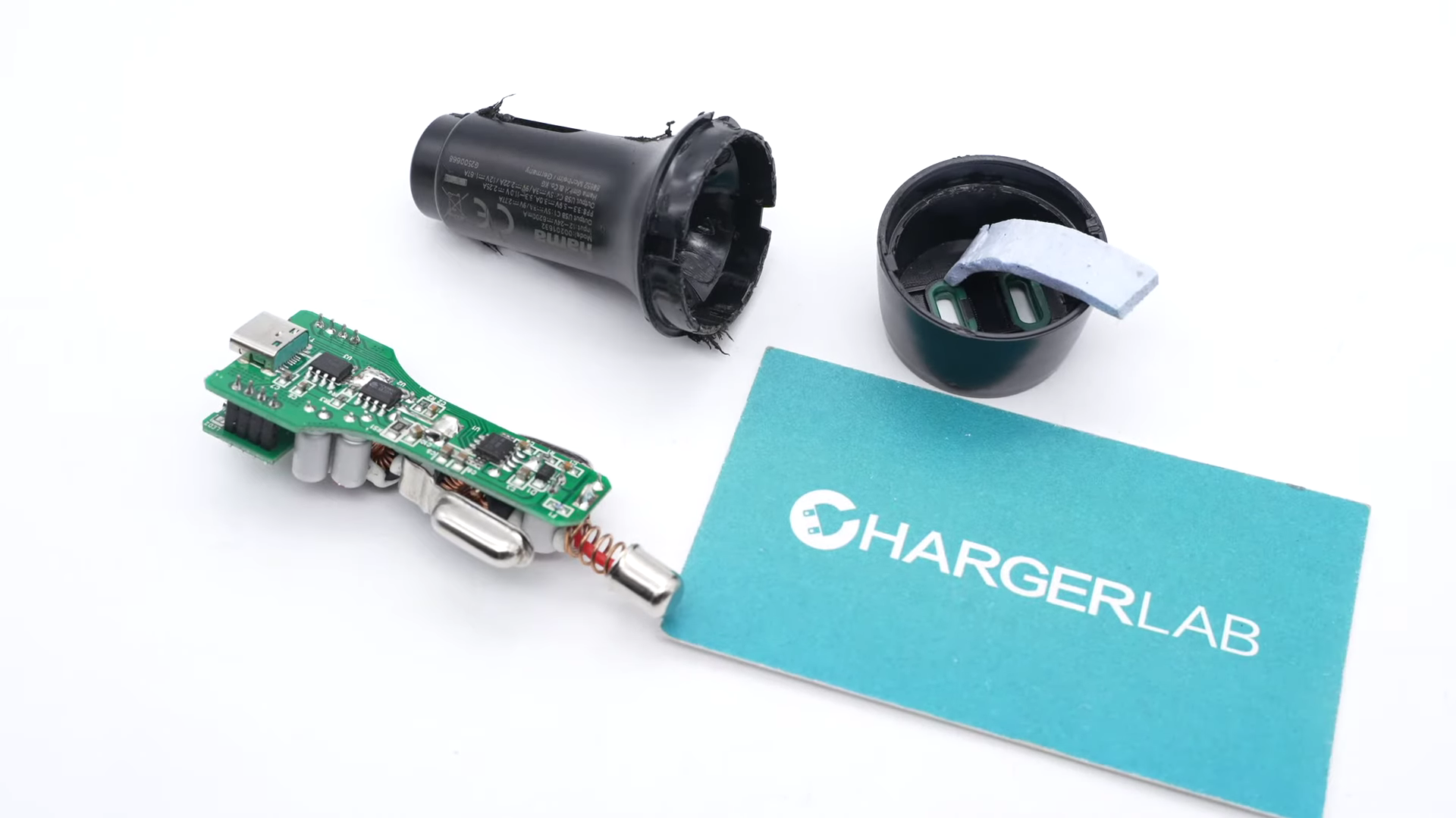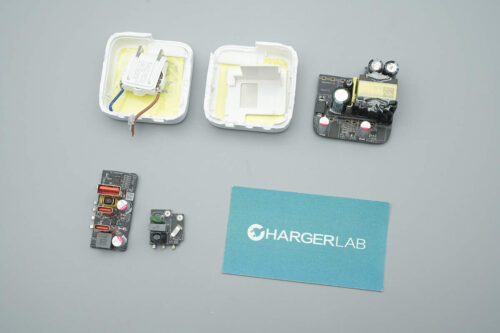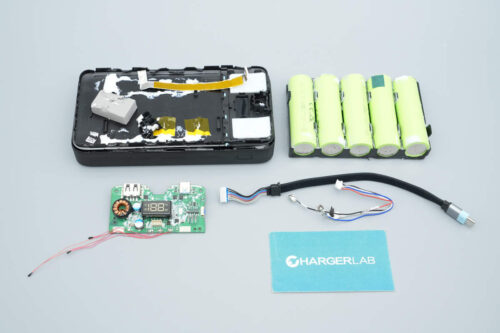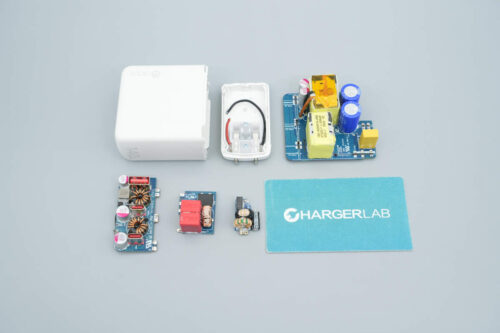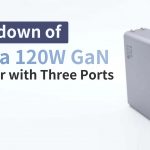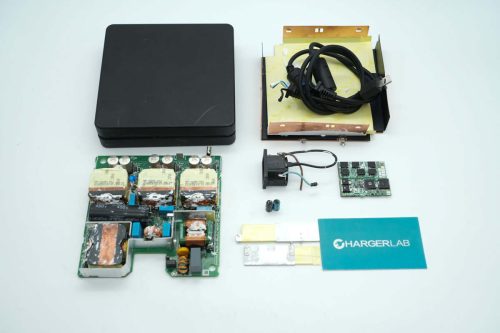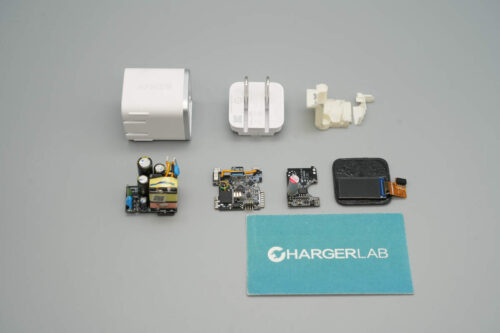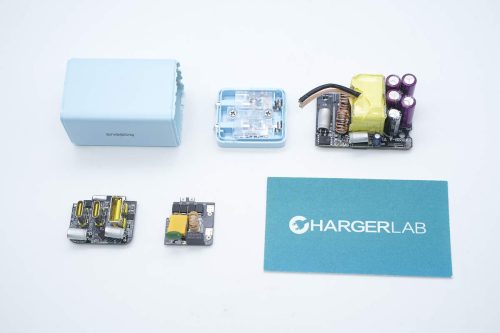Introduction
HAMA, regarded as a leading manufacturer of accessories and consumer electronics products in the world, with a reputation for innovation, reliability, and user-friendly designs. Today, we got a 45W dual USB-C car charger from this company, and we gonna take it apart to see what components are inside.
Product Appearance
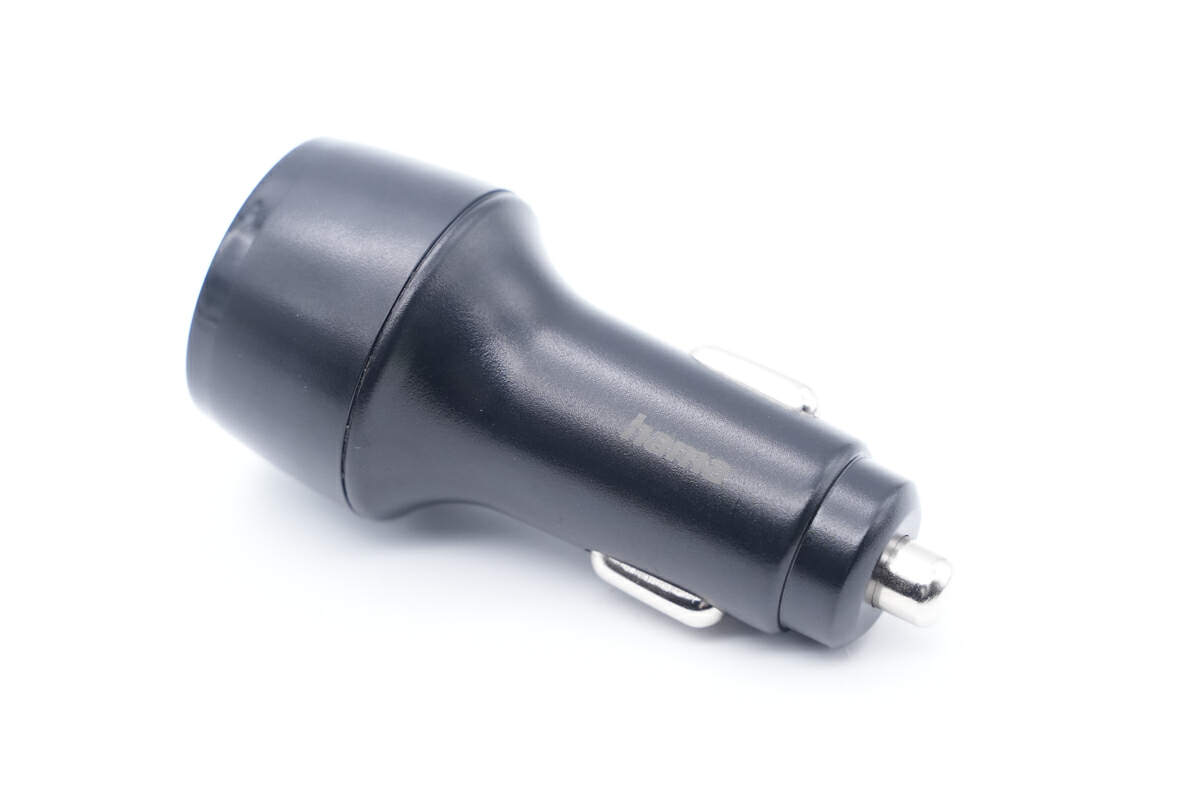
The Hama 45W car charger looks very simple, with a black plastic shell.
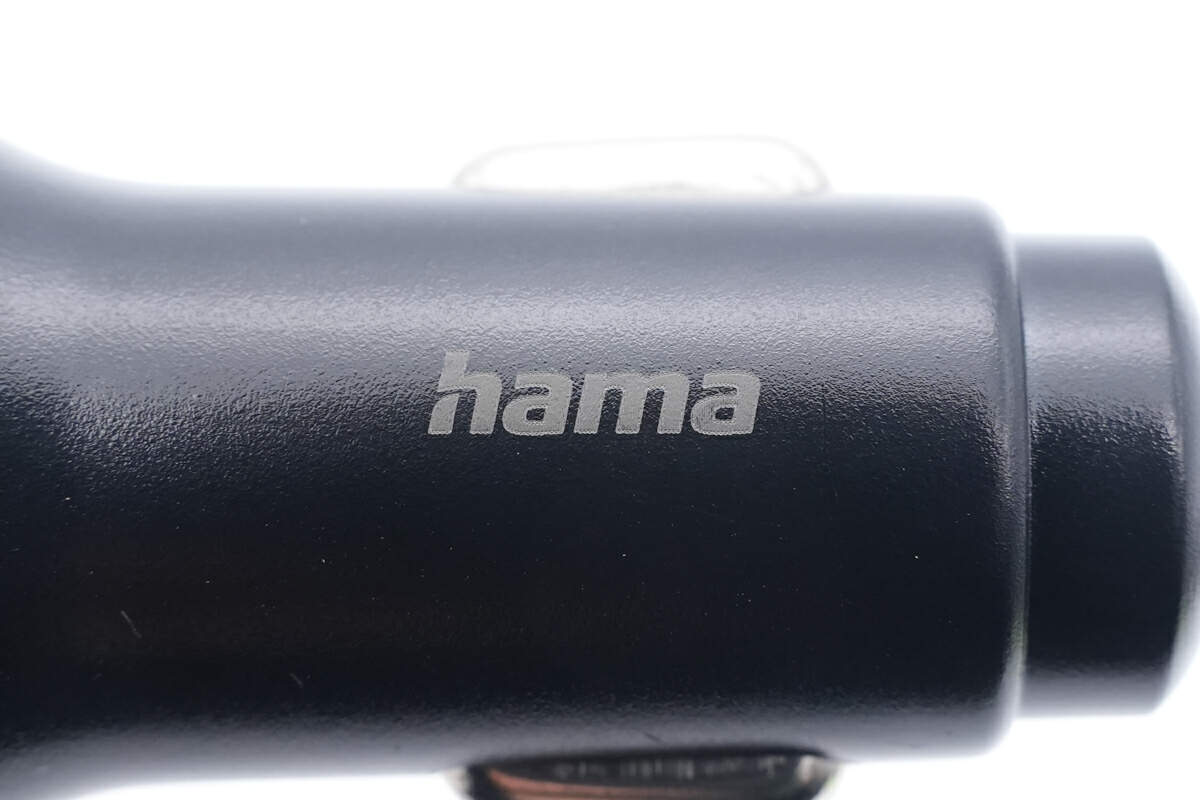
The Hama logo is on the front.
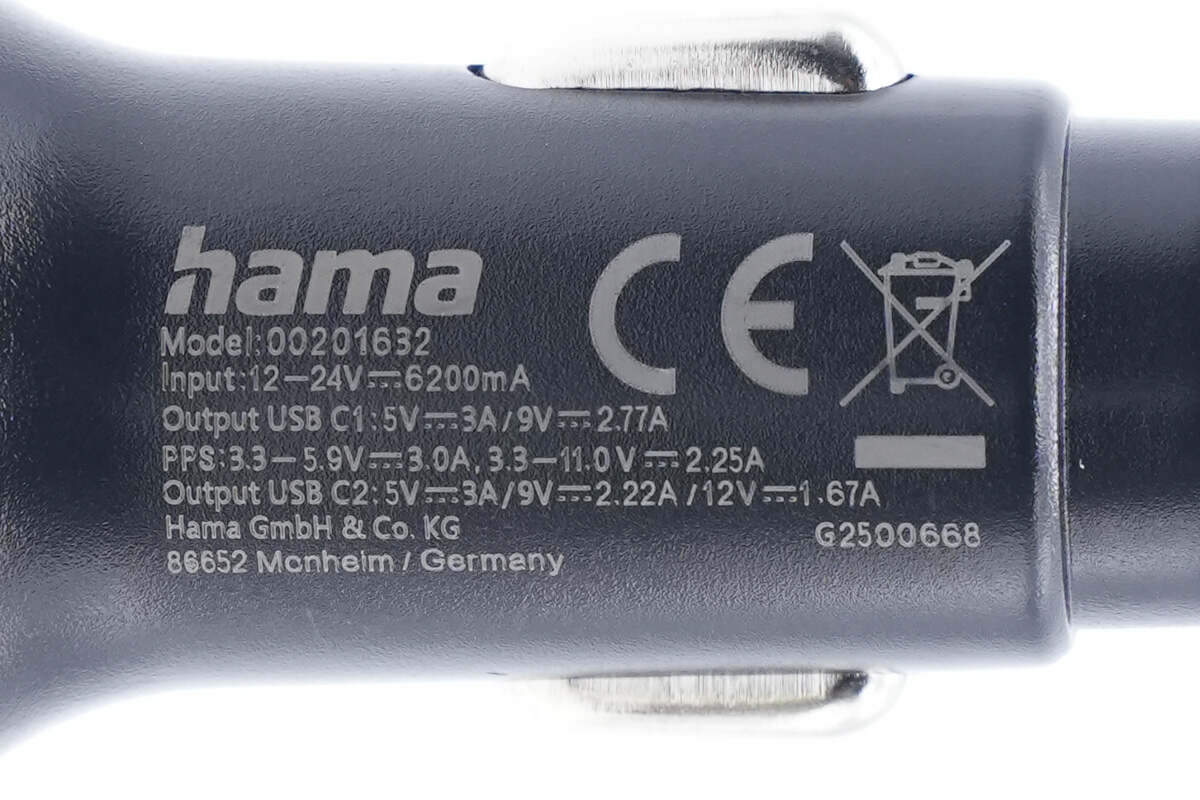
And all specs info are on the back. Model is 00201632. It supports DC input of 12-24V 6200mA. The USB-C1 can support up to 25W output power. And the maximum power of USB-C2 is 20W. Except for PD, the USB-C1 can also support the PPS protocol. It has passed CE certification.
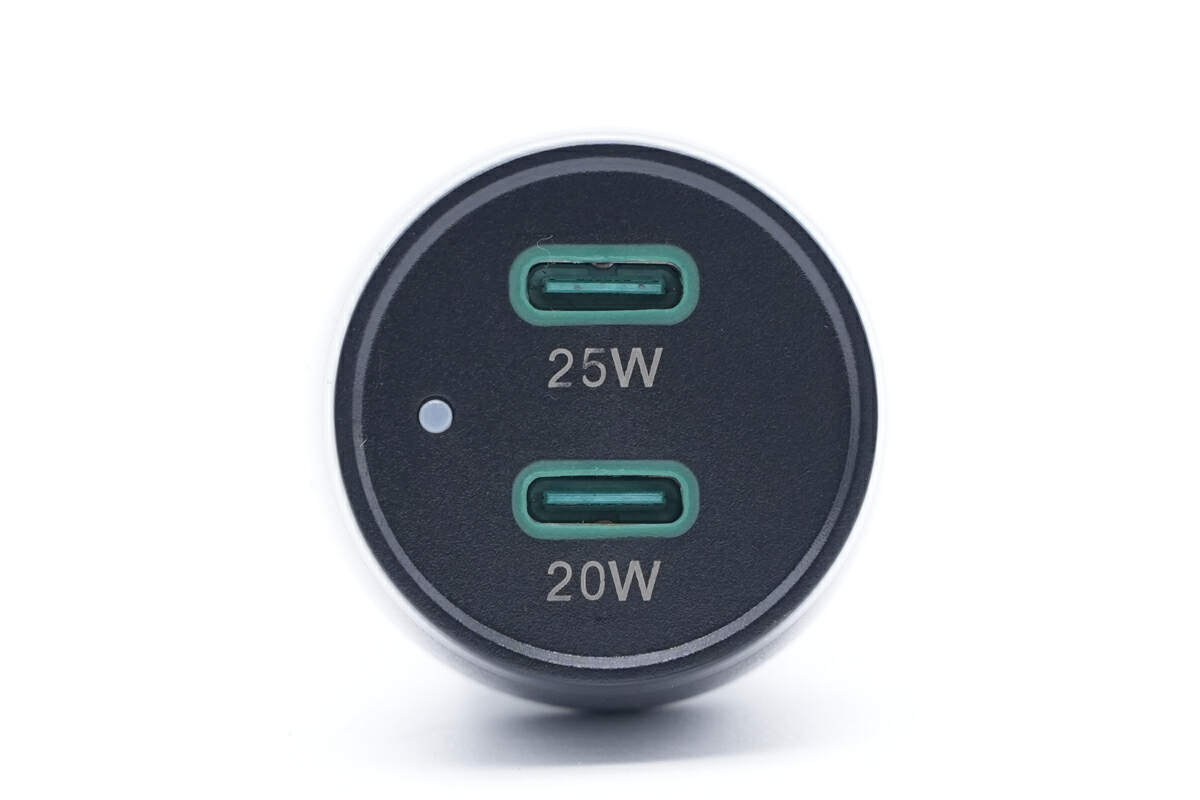
Two cyan USB-C ports and an indicator light are on the output panel. The maximum power is printed below two ports.
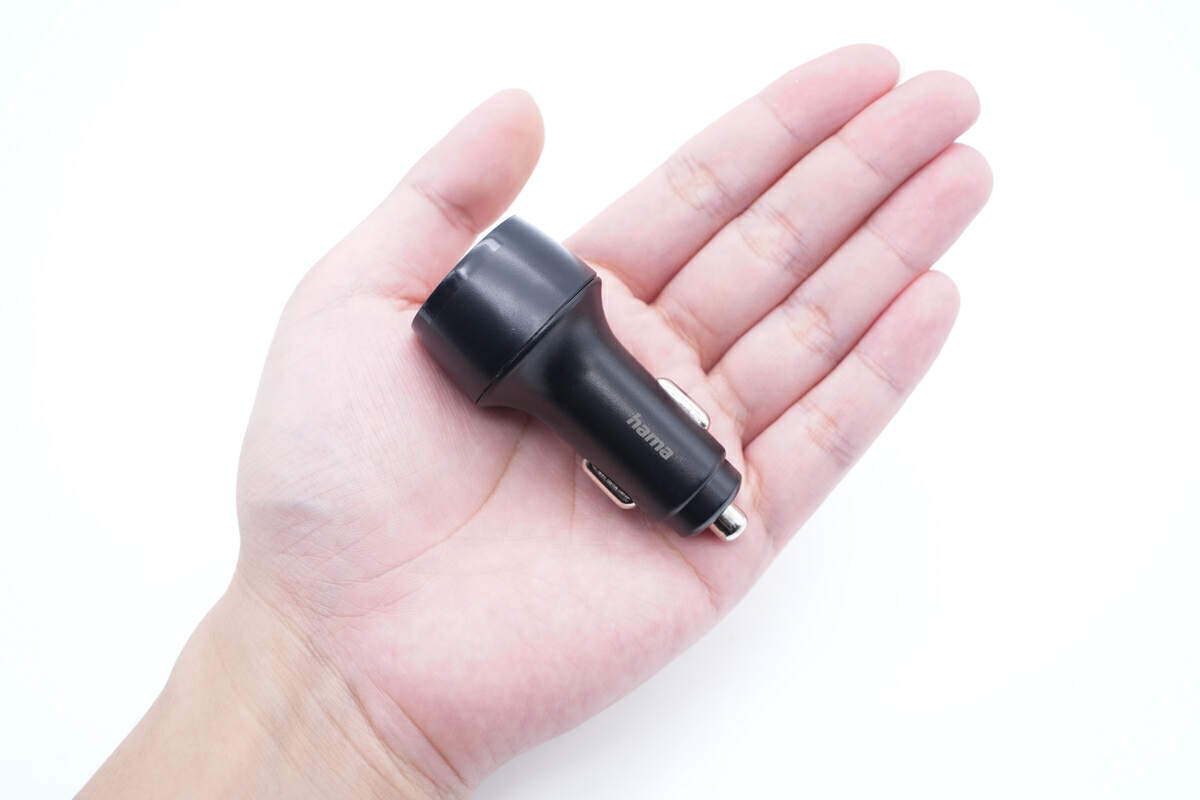
This is how it looks like on my hand.
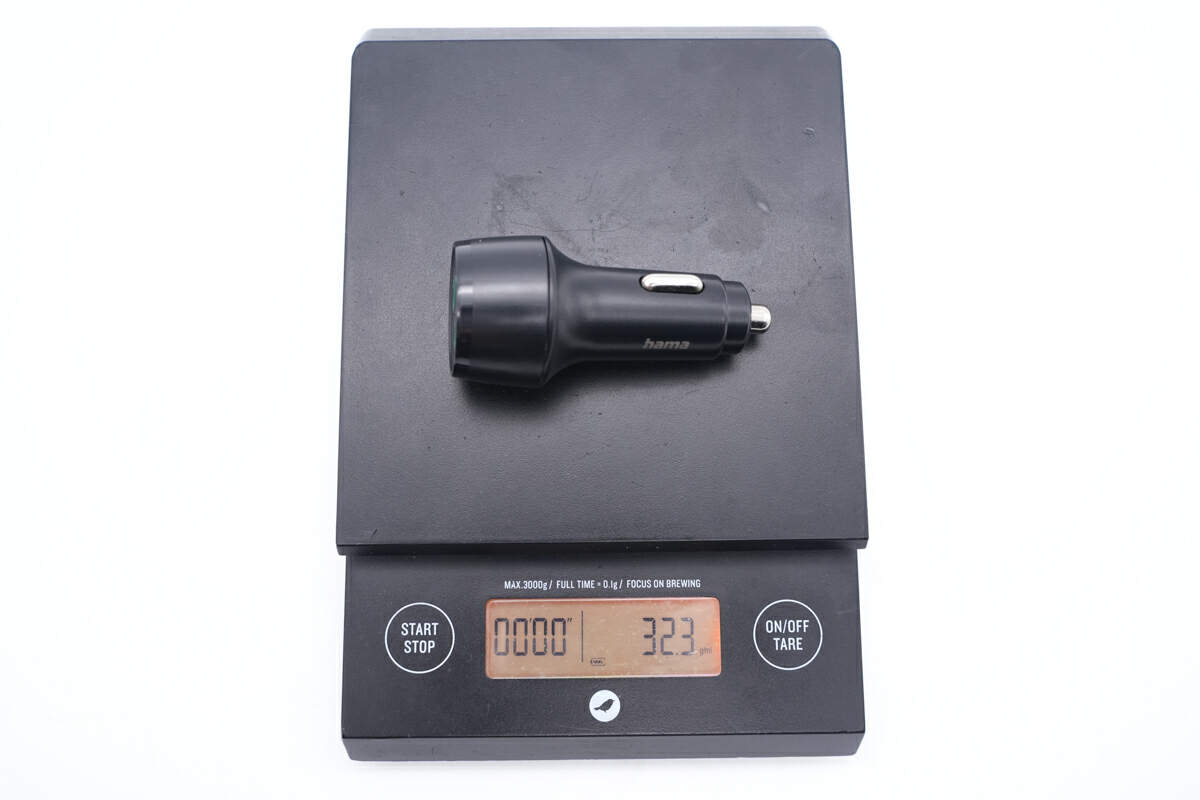
And the weight of the car charger is about 32g (1.13 oz).
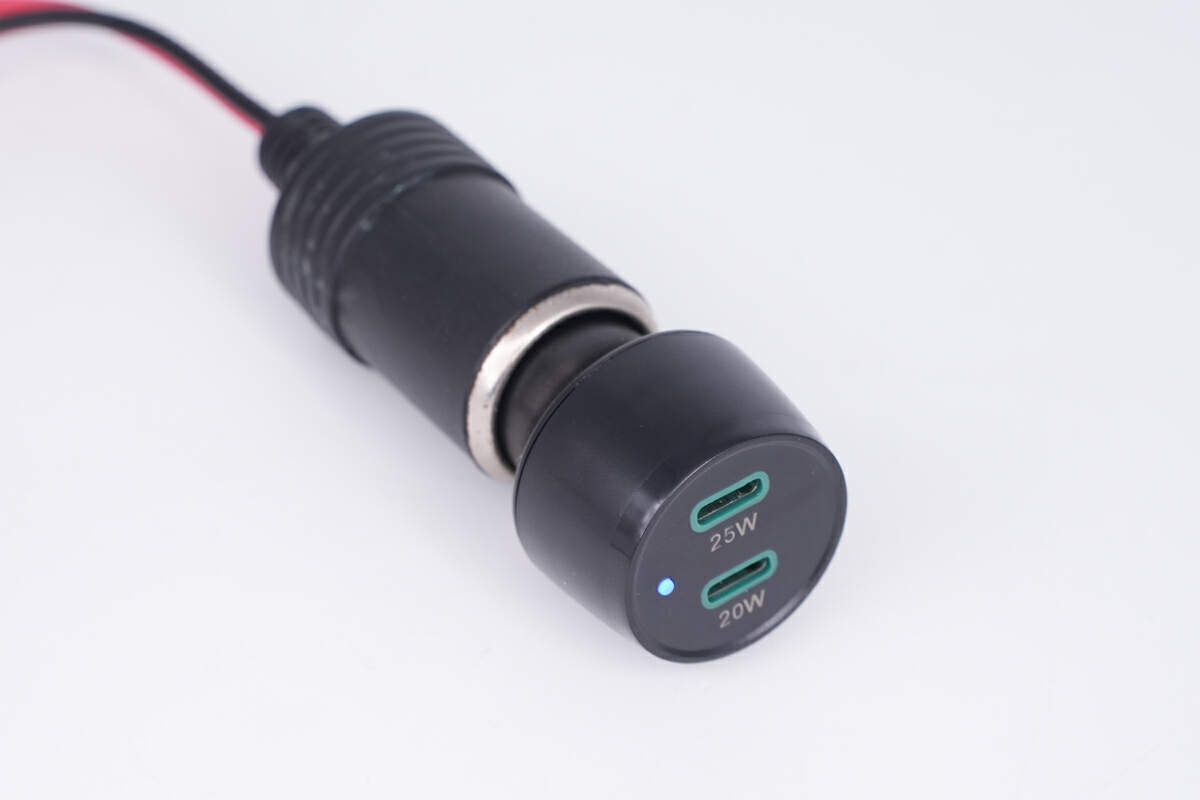
After connecting to the power supply, the indicator light turns blue.
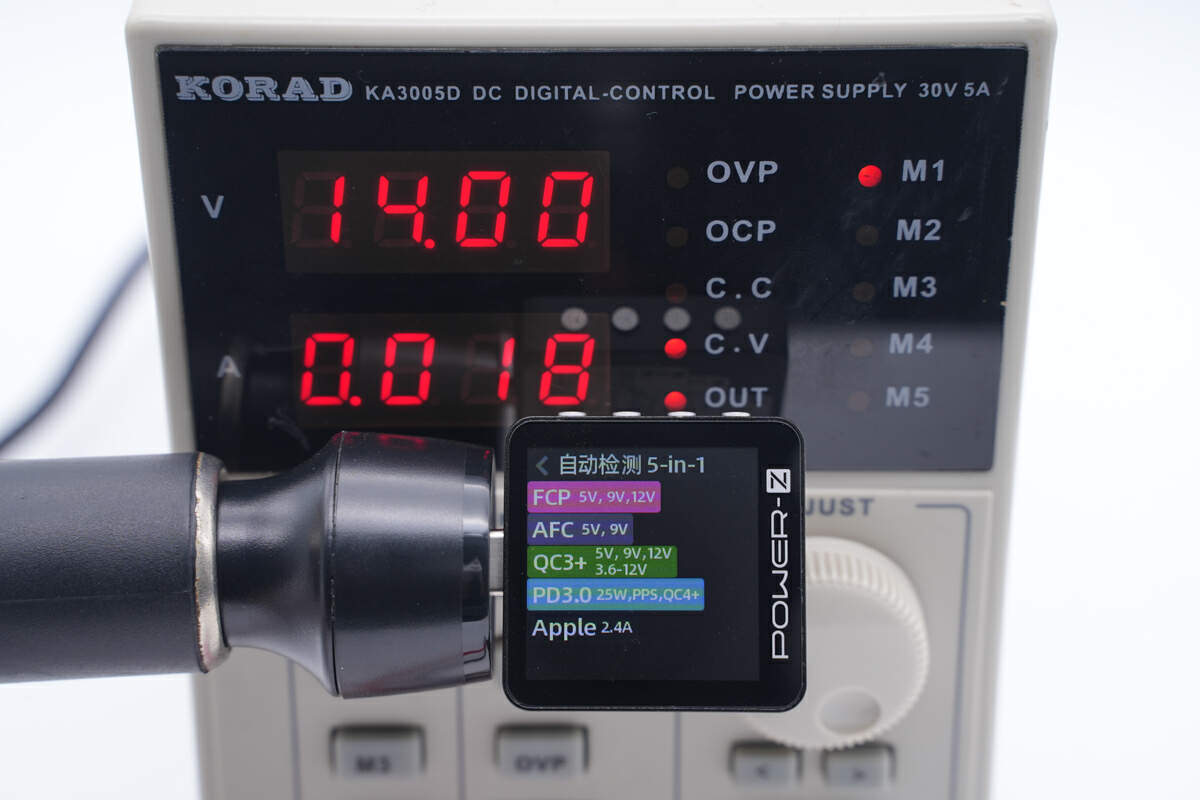
At 14V DC input, the ChargerLAB POWER-Z KM003C shows the USB-C1 supports FCP, AFC, QC3+/4+, PD3.0, PPS, and Apple 2.4A protocols.
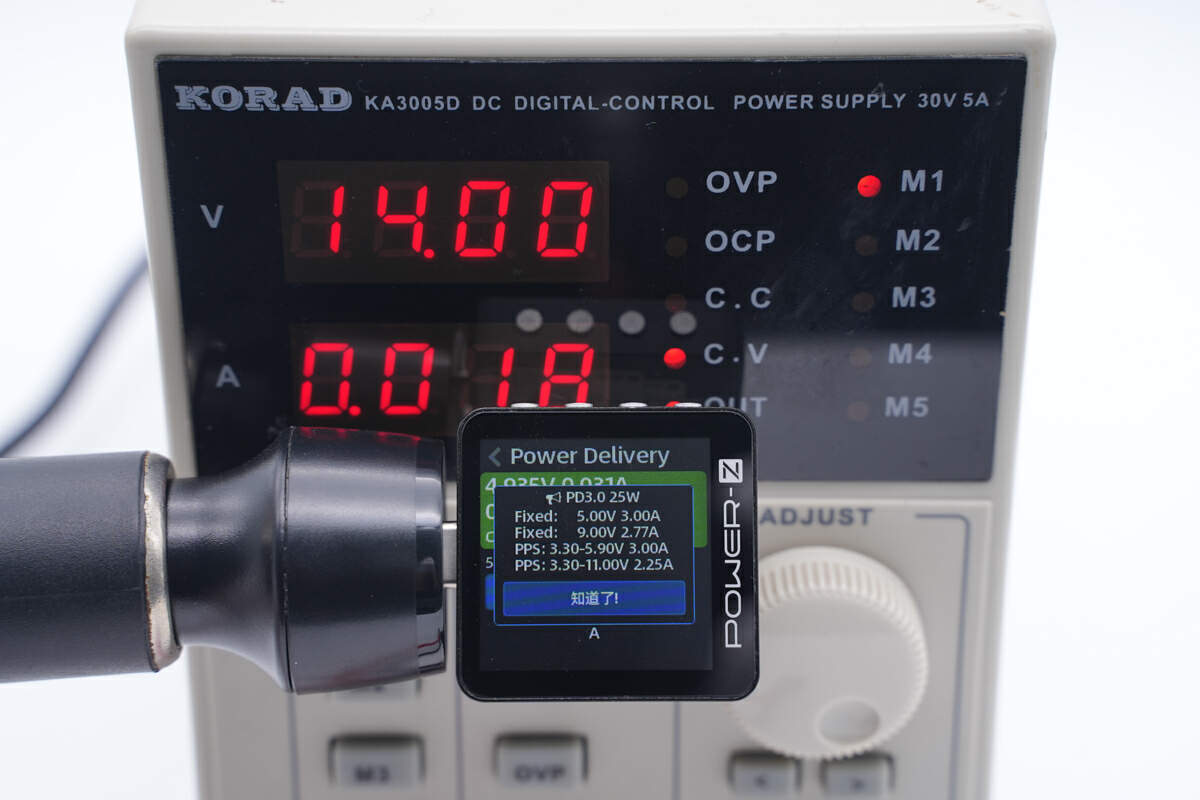
And it also has two fixed PDOs of 5V3A, 9V2.77A, and two sets of PPS.
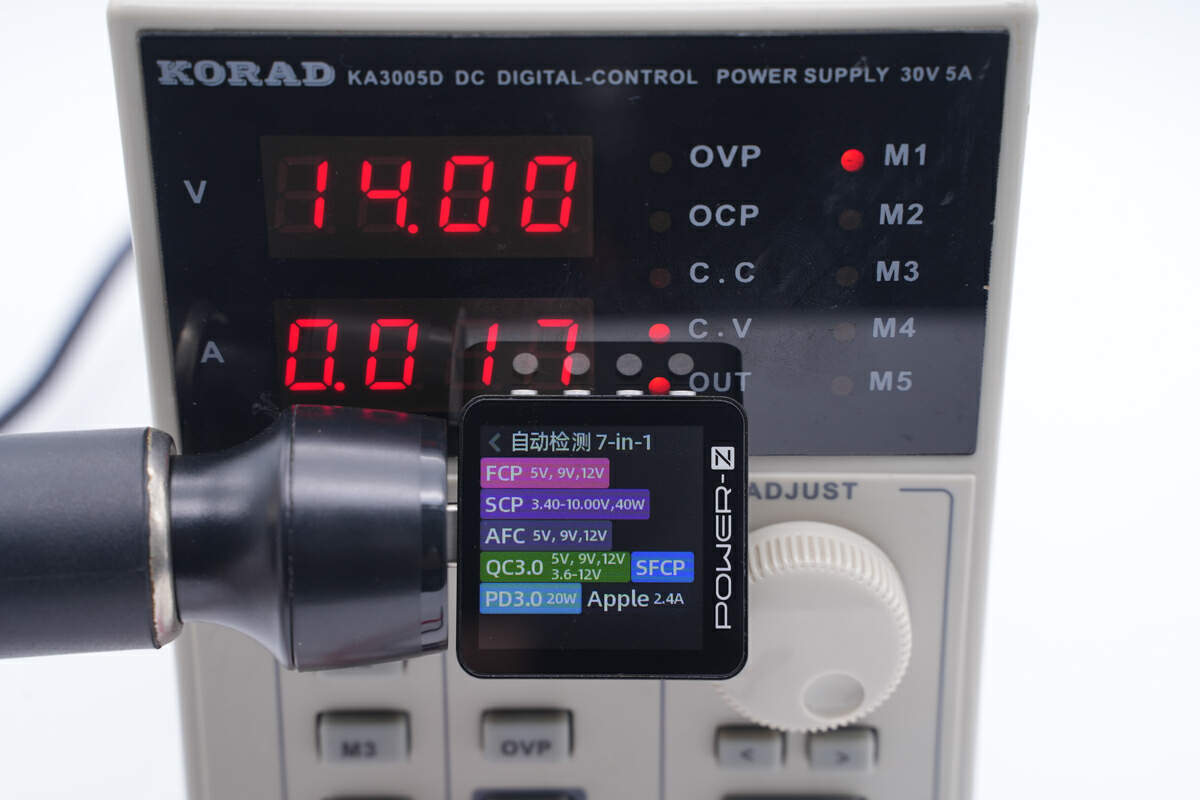
As for USB-C2, it supports FCP, SCP, AFC, QC3.0, SFCP, PD3.0, and Apple 2.4A protocols.
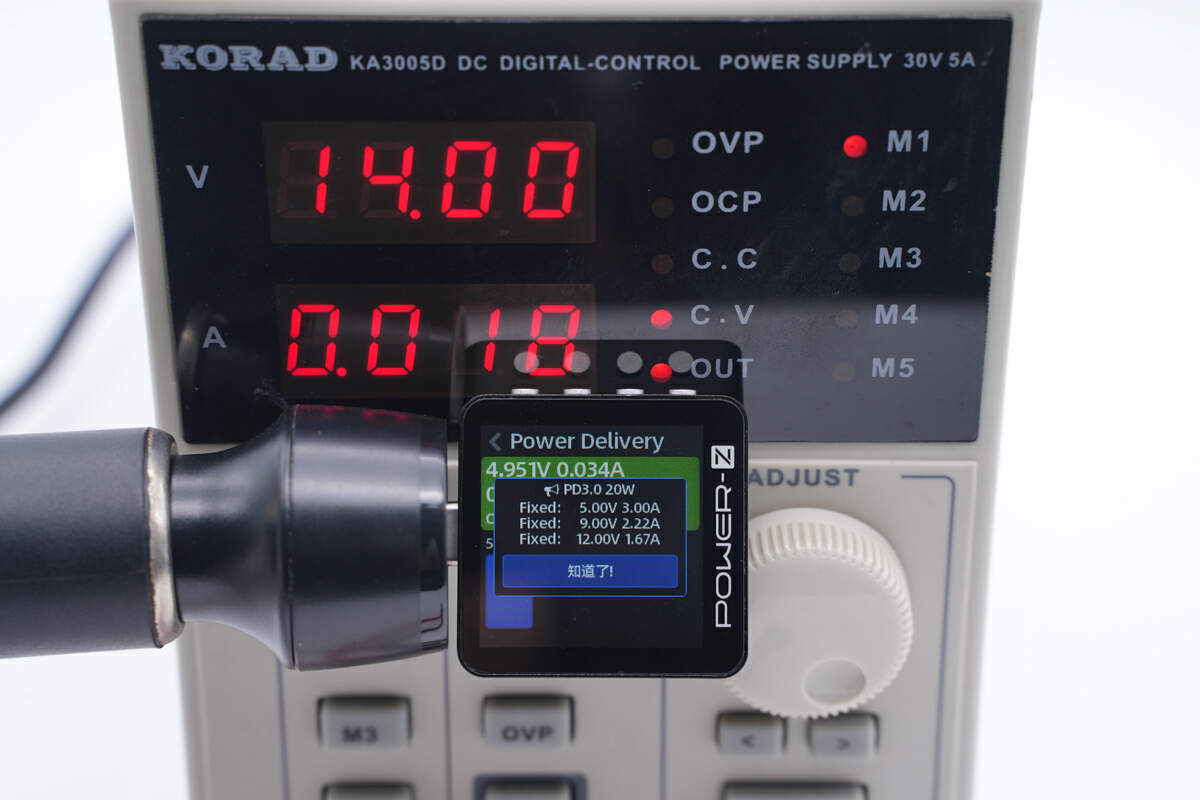
And it also has three fixed PDOs of 5V3A, 9V2.22A, 12V1.67A.
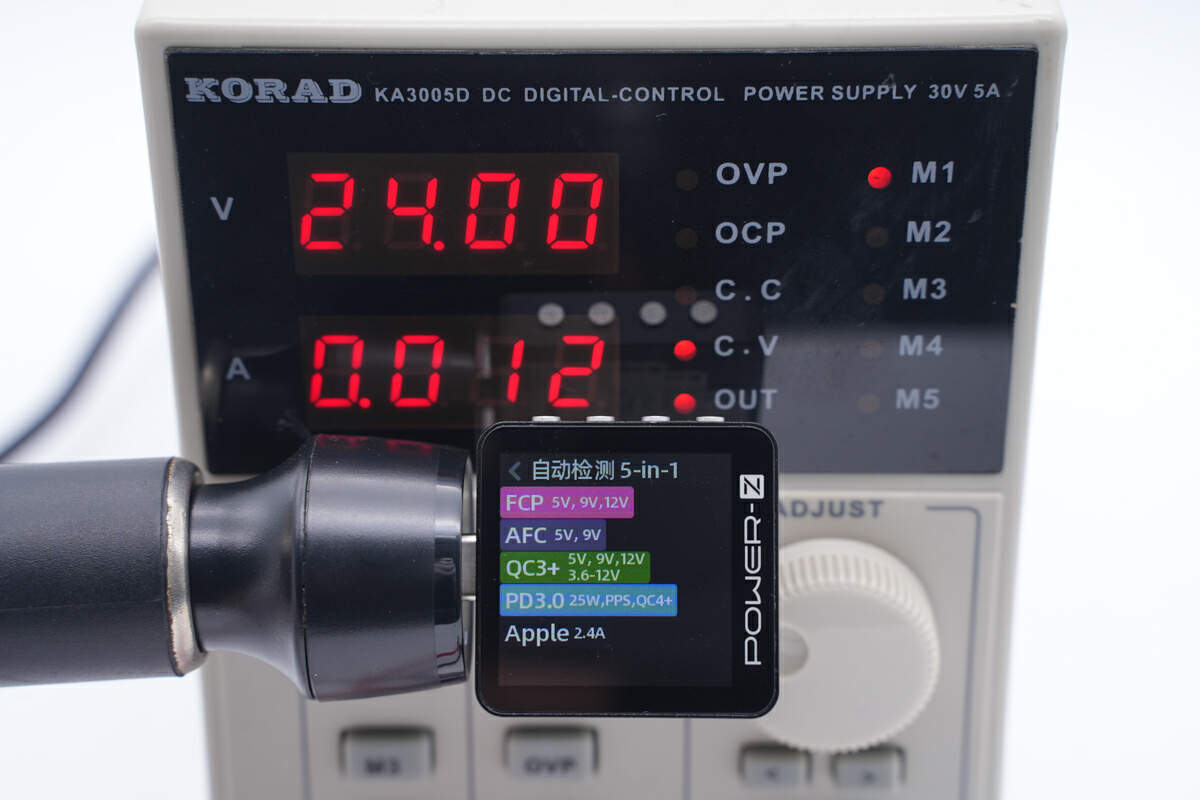
Switching to 24V DC input, the USB-C1 still supports FCP, AFC, QC3+/4+, PD3.0, PPS, and Apple 2.4A protocols.
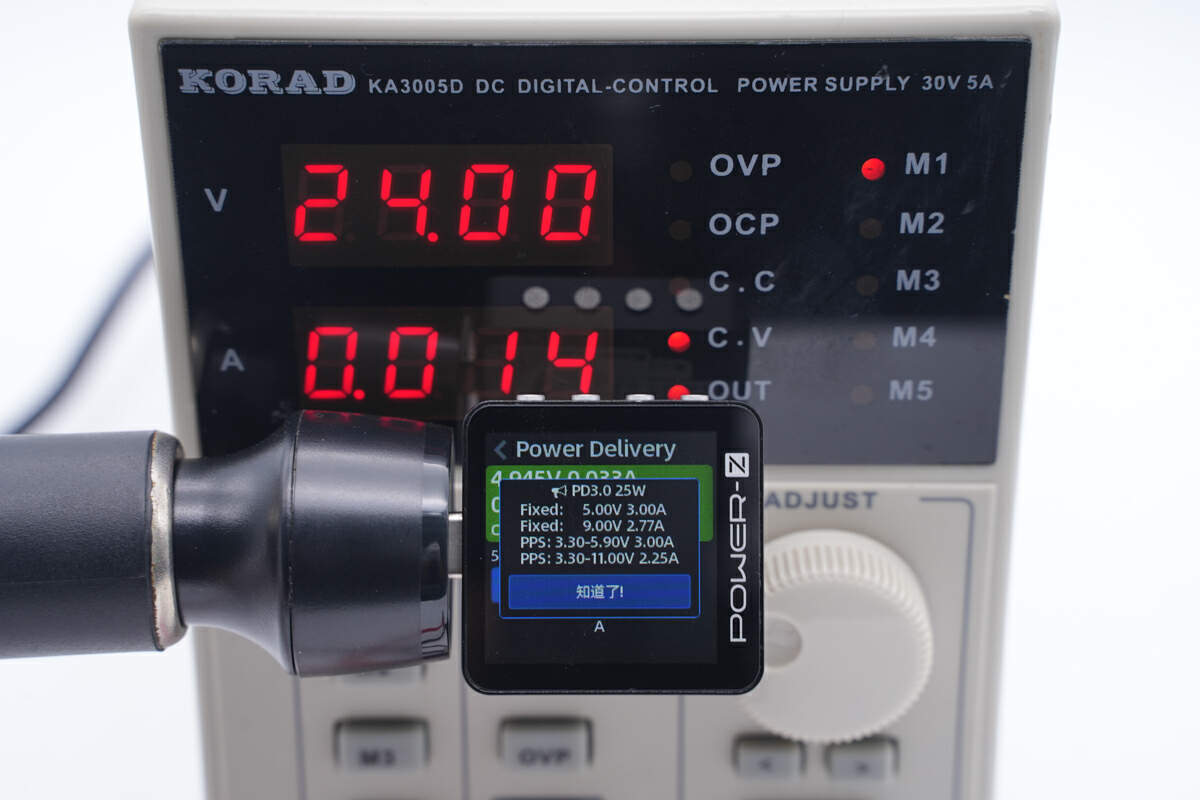
And it still has two fixed PDOs of 5V3A, 9V2.77A, and two sets of PPS.
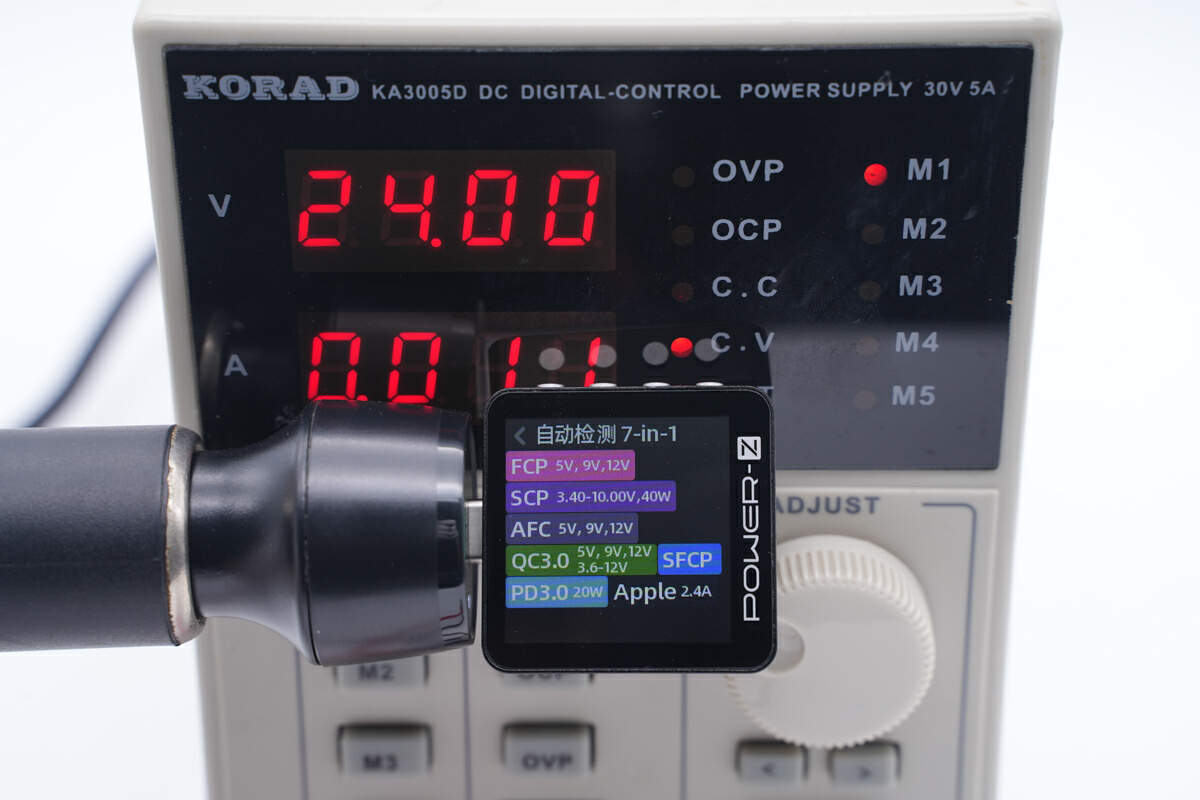
The USB-C2 still can support FCP, SCP, AFC, QC3.0, SFCP, PD3.0, and Apple 2.4A protocols.
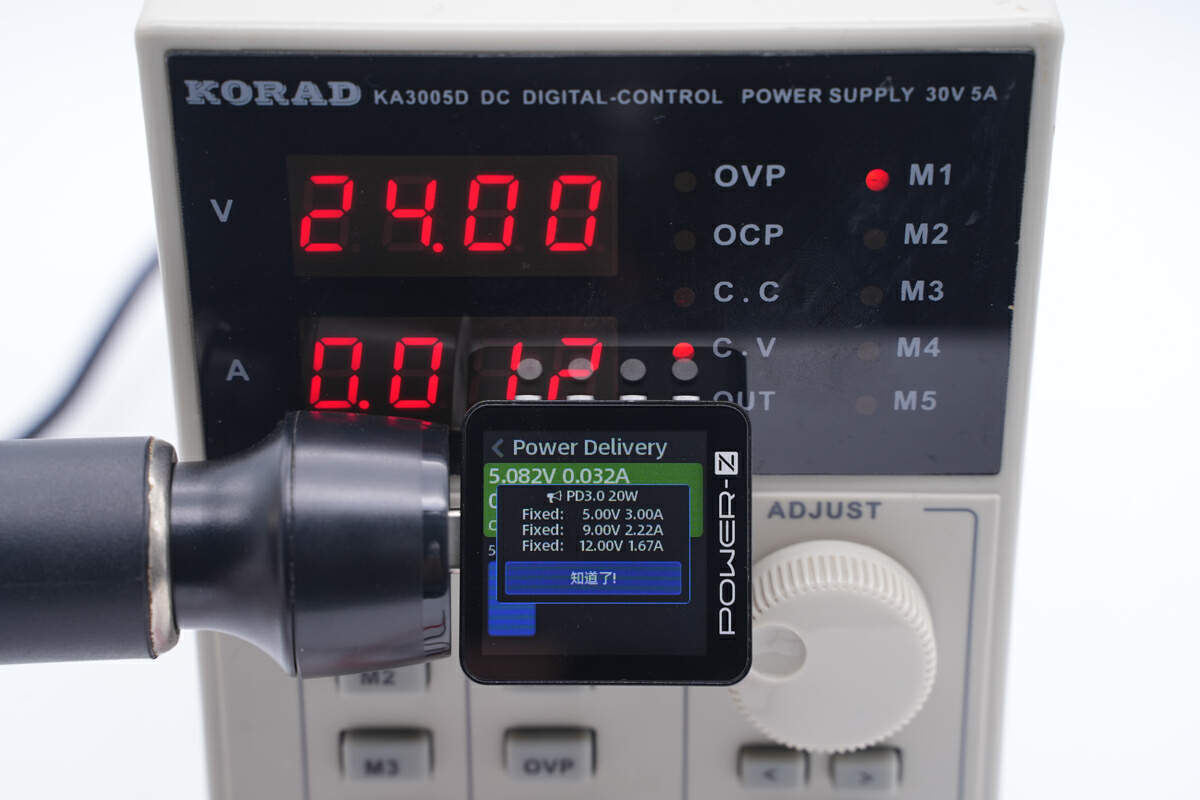
And it still has three fixed PDOs of 5V3A, 9V2.22A, 12V1.67A.
Teardown
Next, let's go ahead and take it apart.
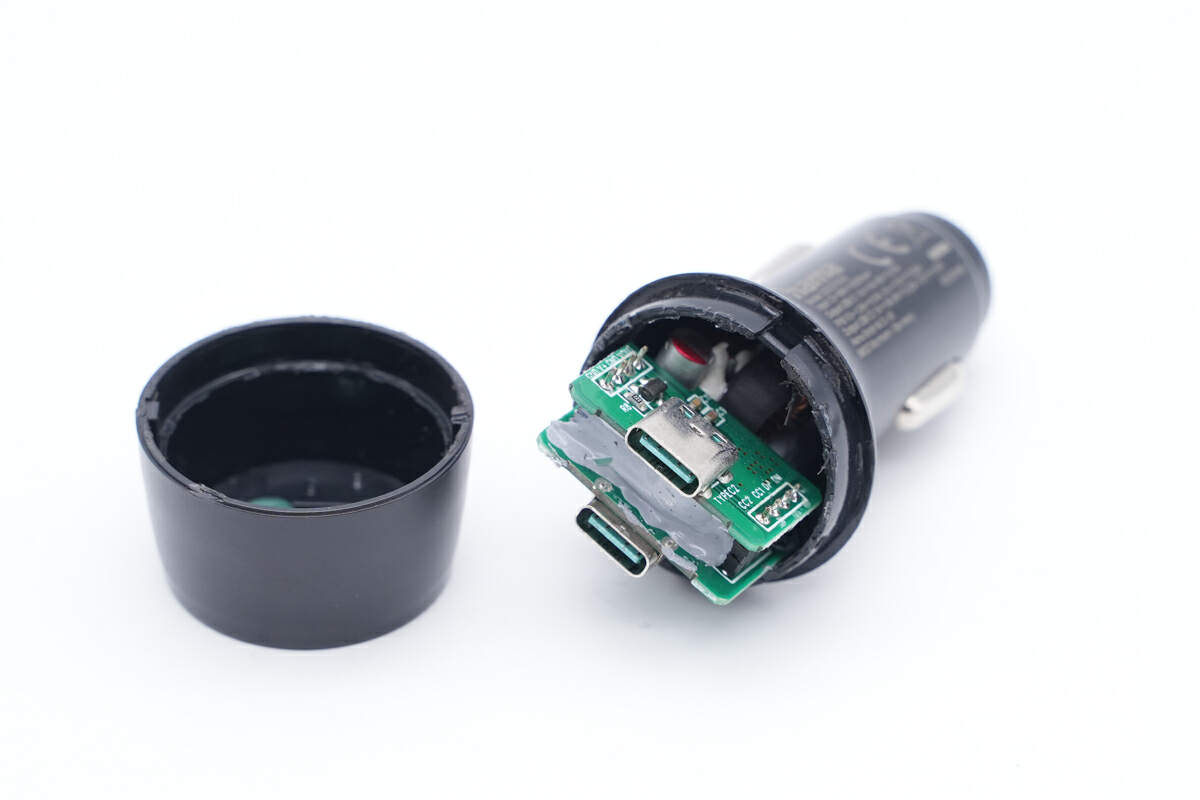
After removing the top case, we found some silicone adhesives between two PCBs for heat dissipation.
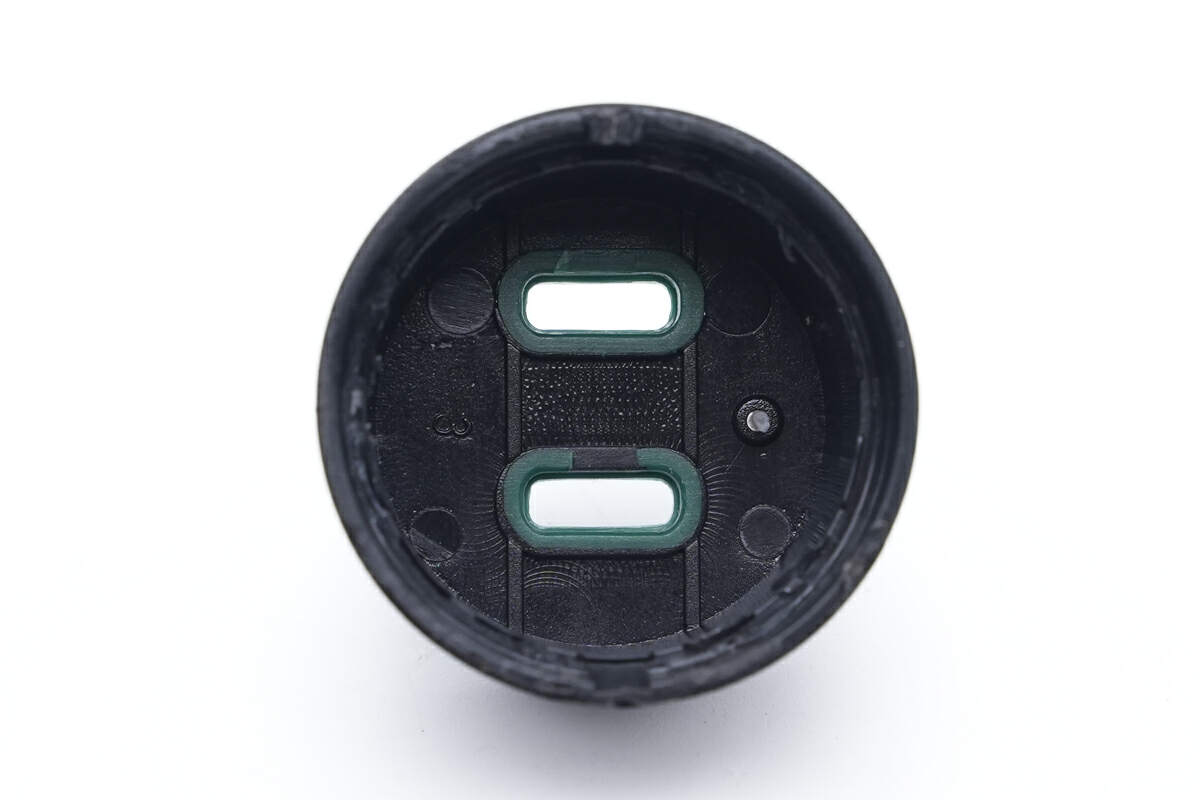
The case has two USB-C openings and an opening for an indicator light.
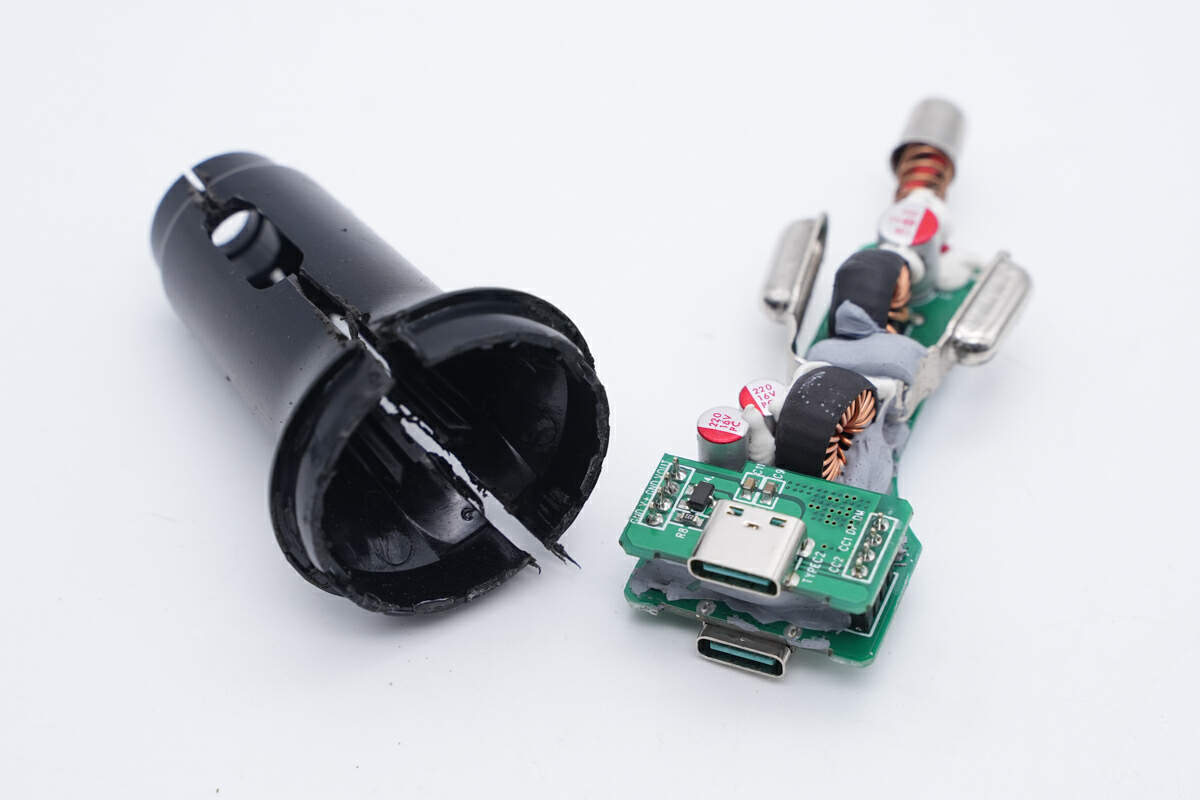
Then, use the cutting machine to cut off the shell and take out the PCBA module.

It is covered with some silicone adhesives for fixing components and dissipating heat.
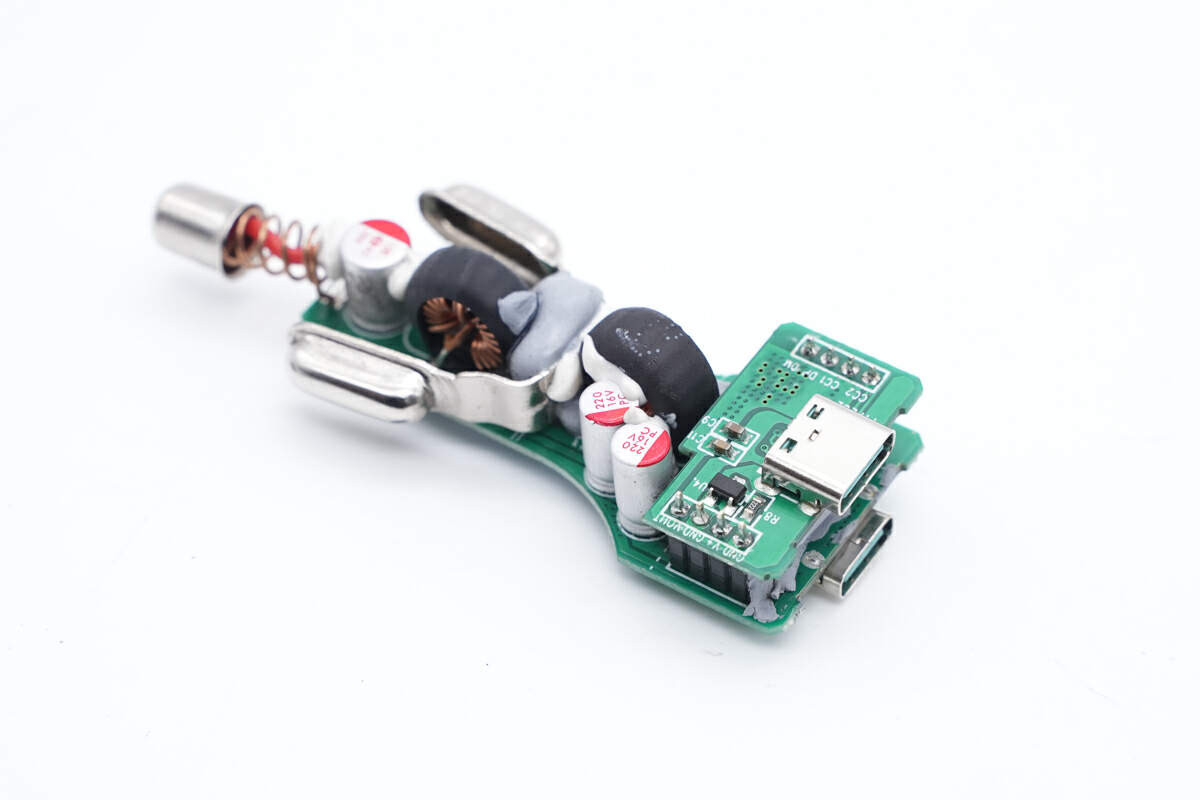
It's composed of a long strip PCB and a small PCB. Two USB-C connectors are on two PCBs.
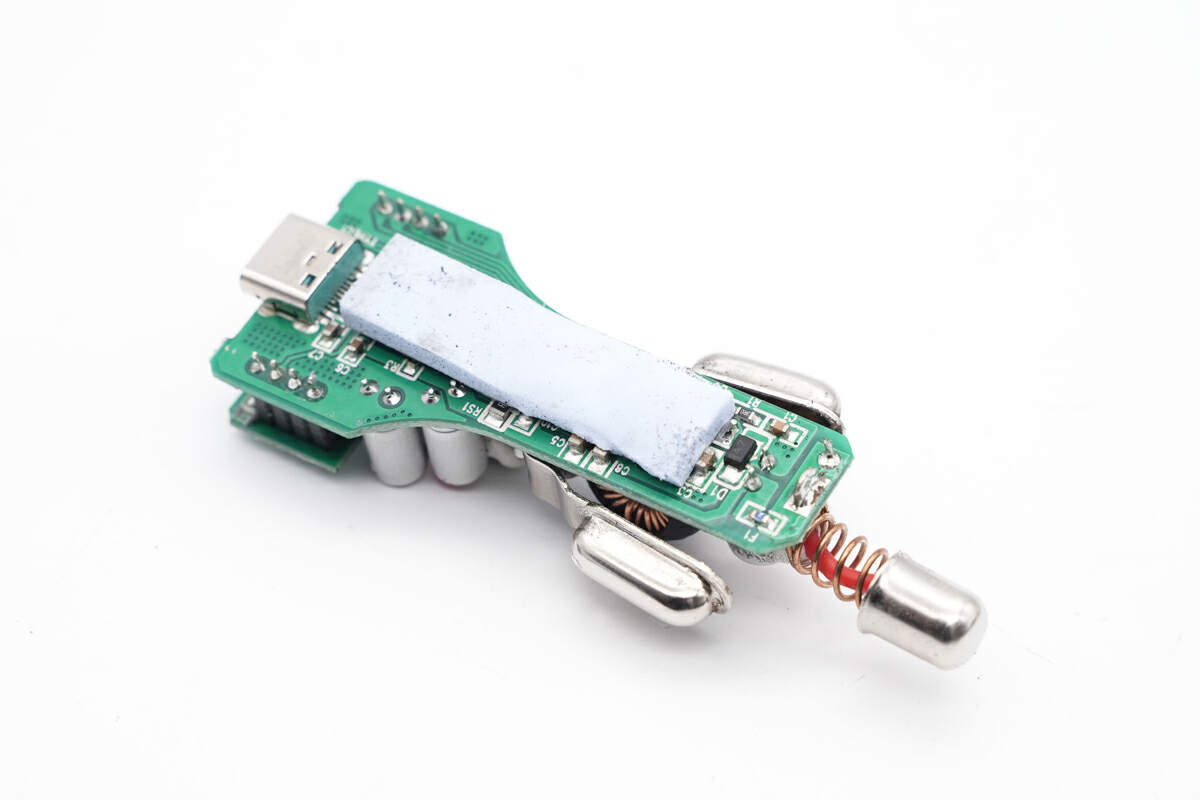
The long strip thermal pad on the back can also enhance heat dissipation.
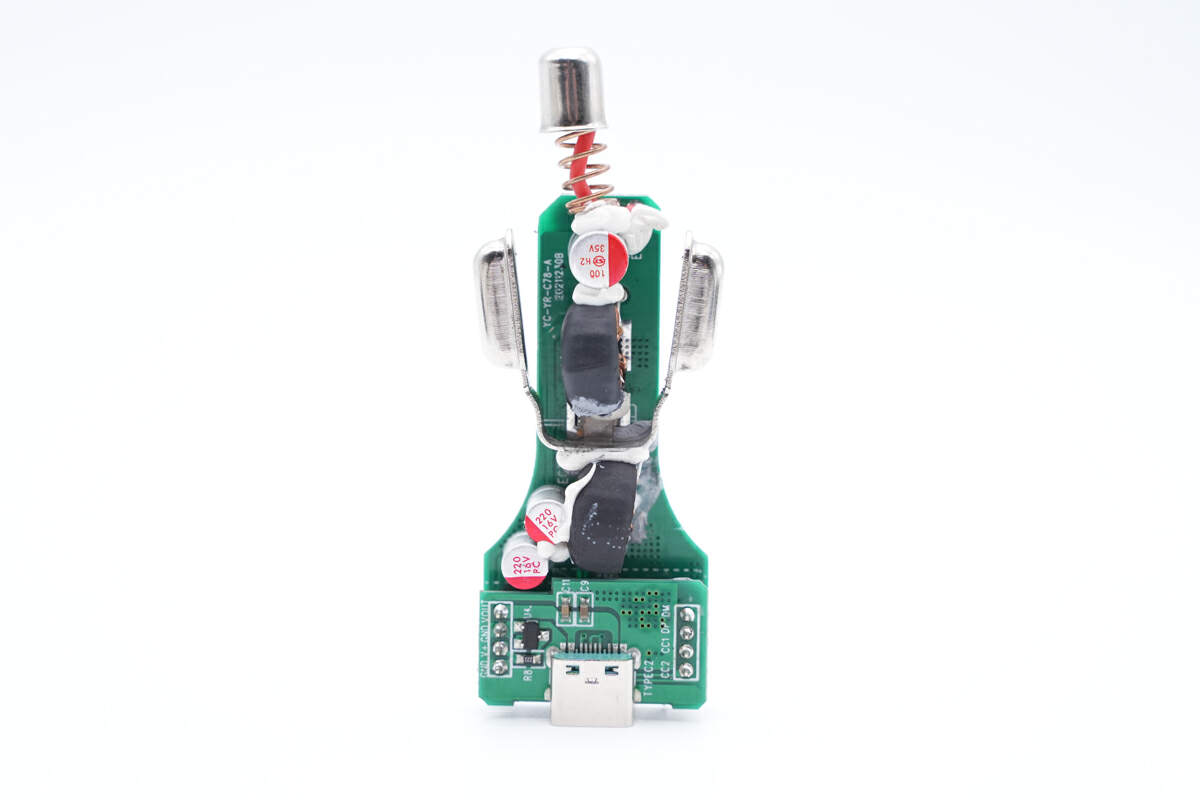
Three solid capacitors and two buck inductor are on the front.
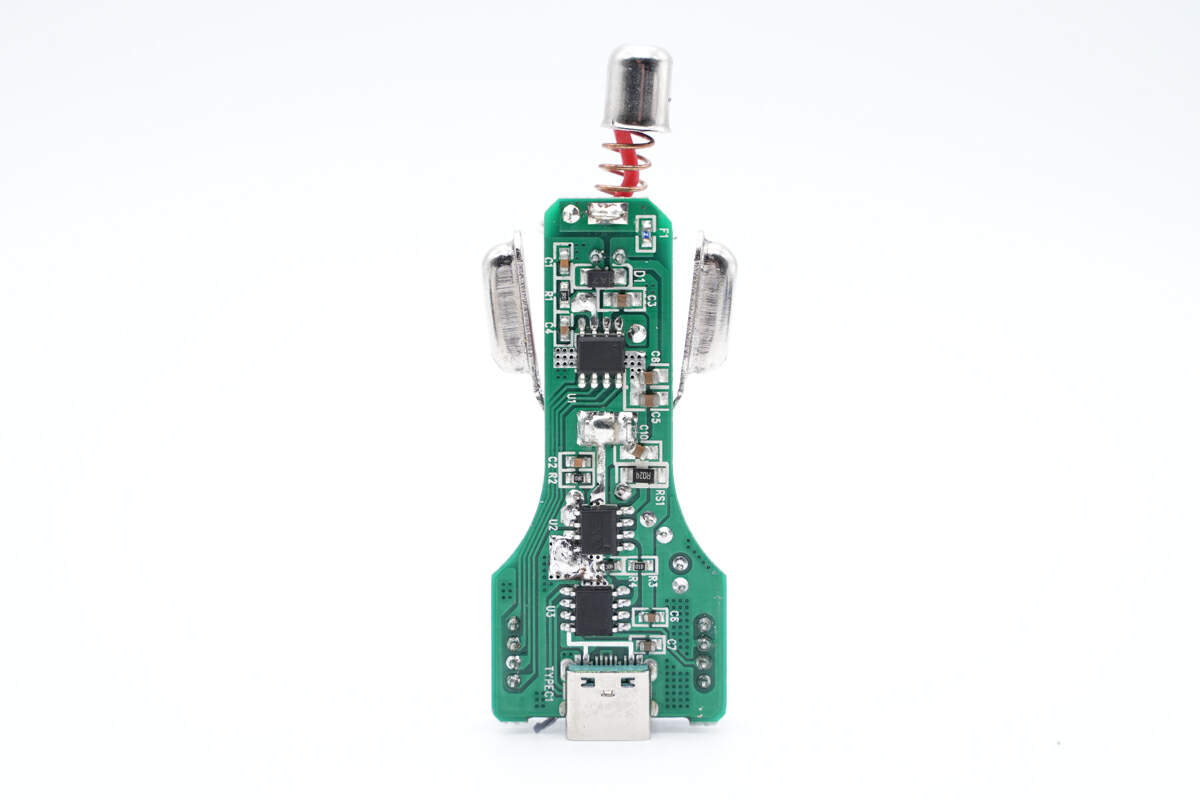
The buck conversion chip, a buck converter and protocol chip are on the back.
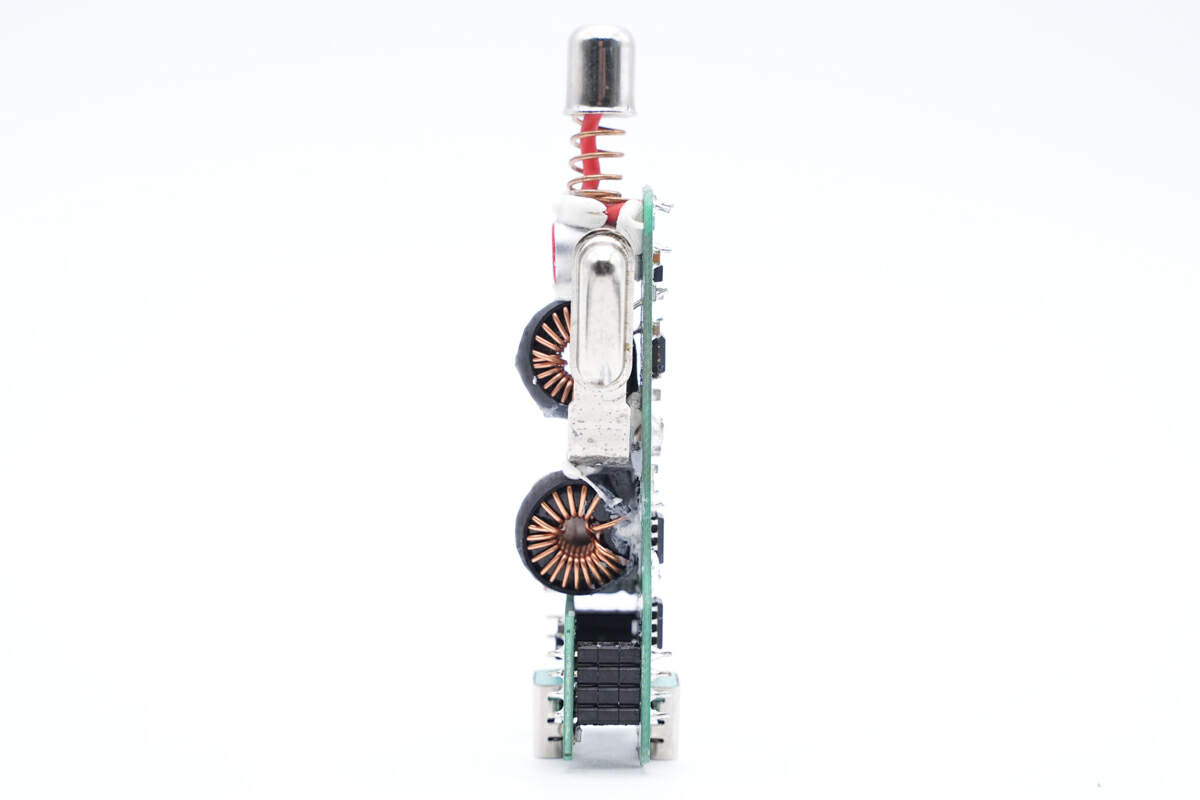
There are two buck inductors at the negative side.
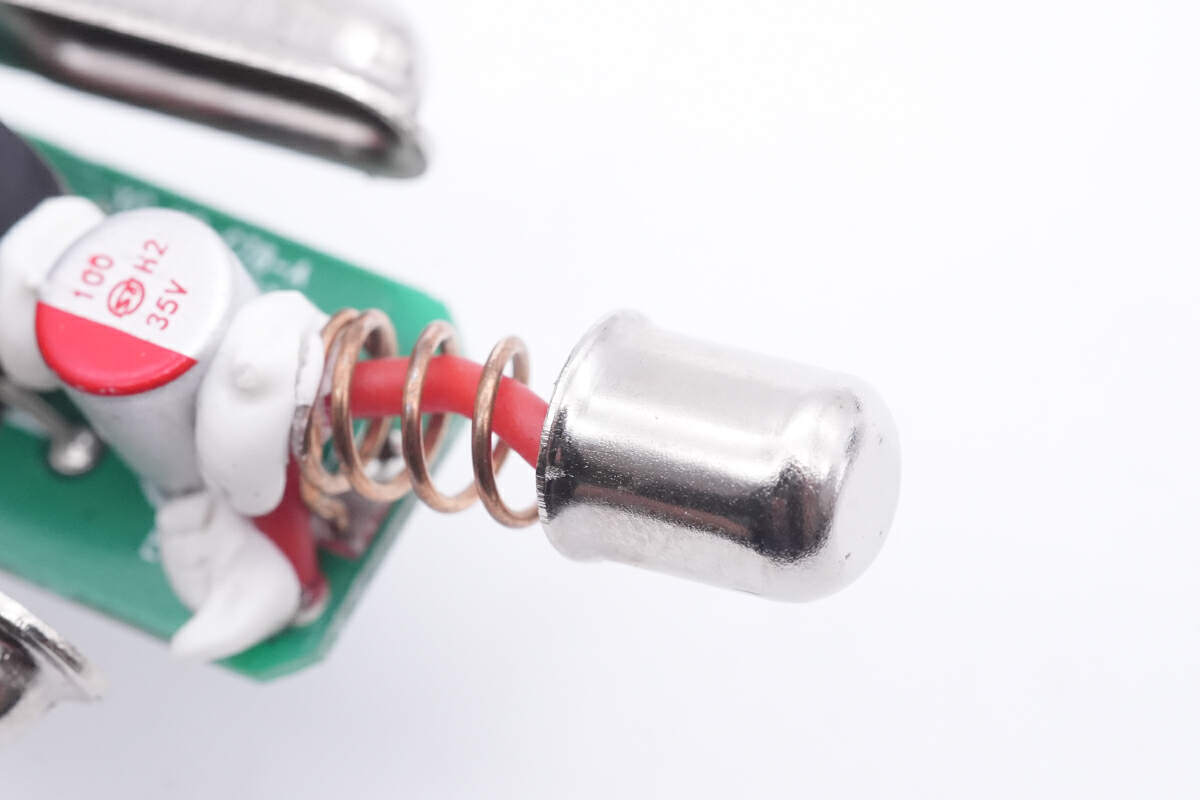
And this is the copper alloy spring on the positive side.
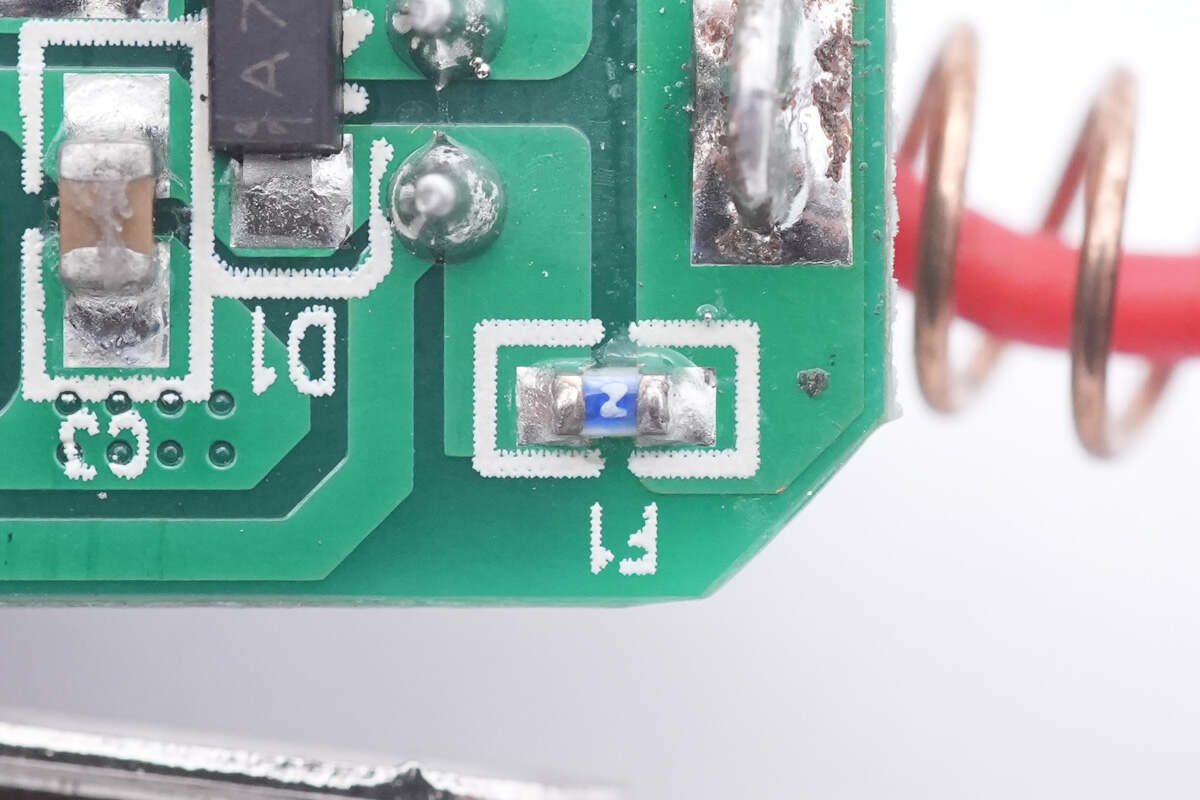
The positive side also has a fuse for overcurrent protection.
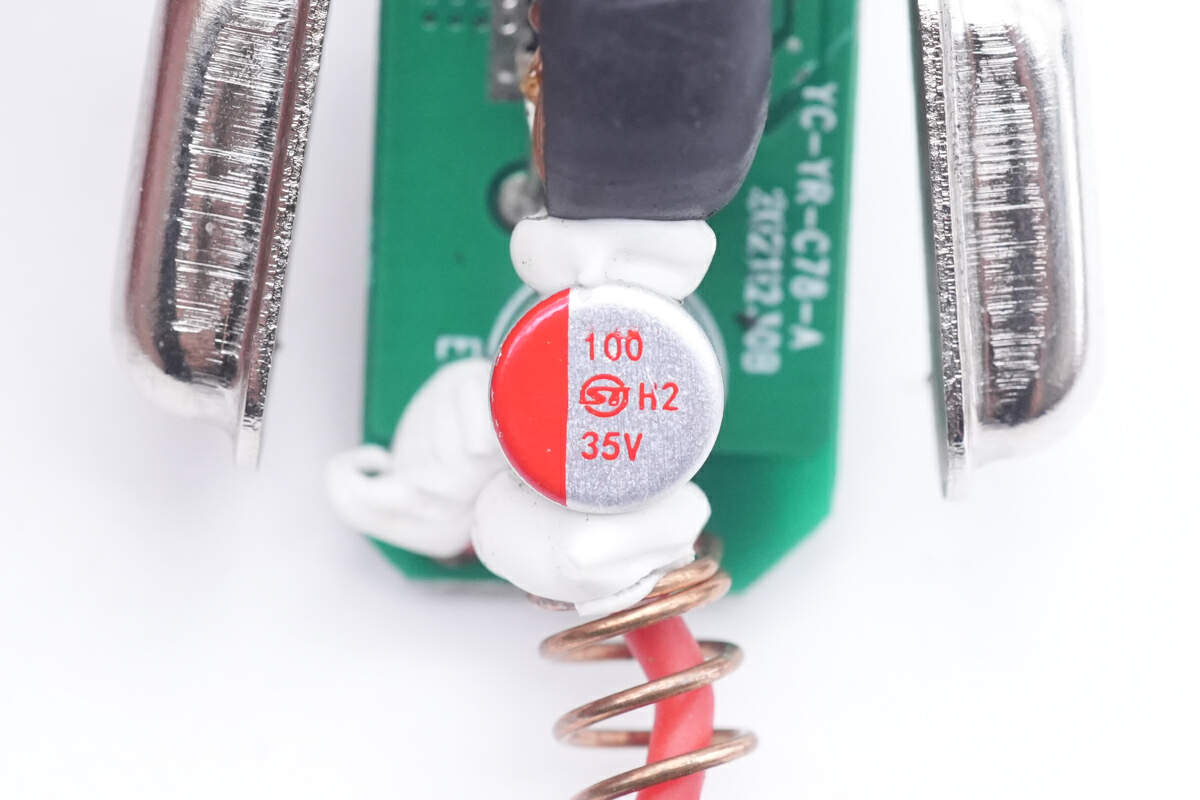
The solid capacitor for input filtering is from Shengtong Electronics. 100μF 35V.
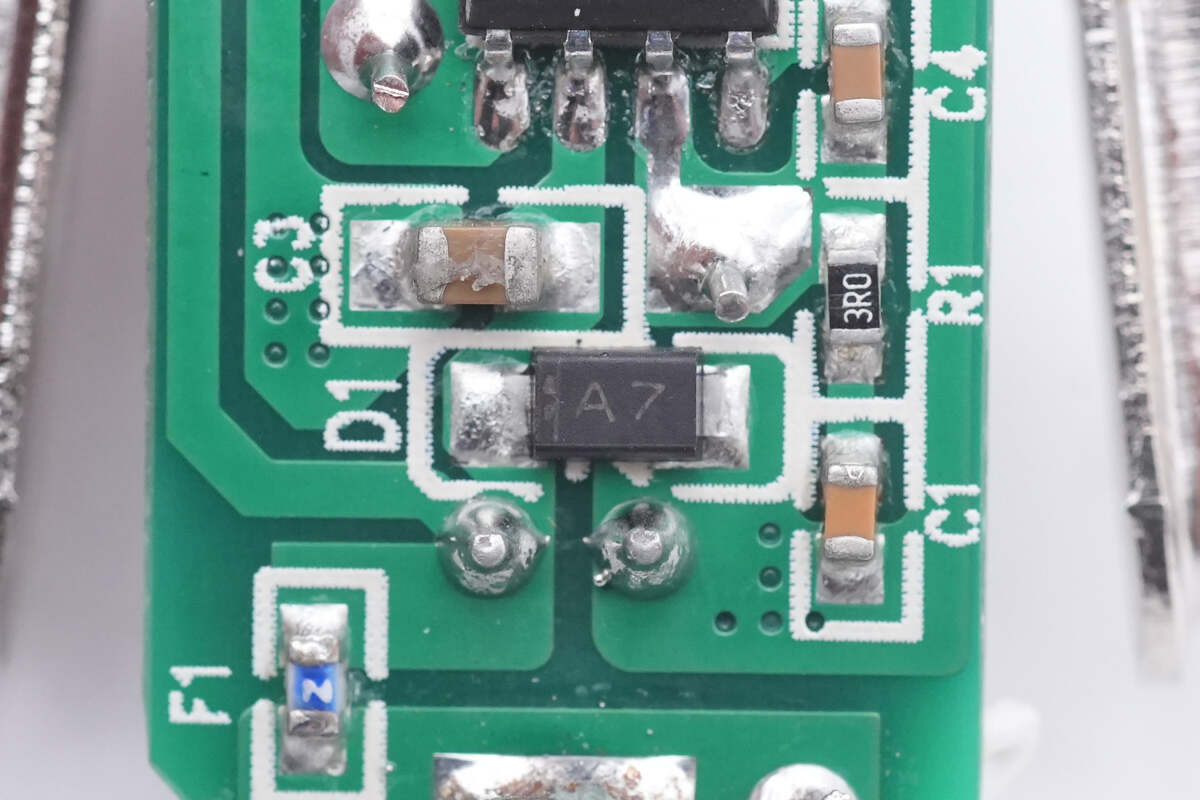
This diode is connected to the input filter capacitor for reverse polarity protection.
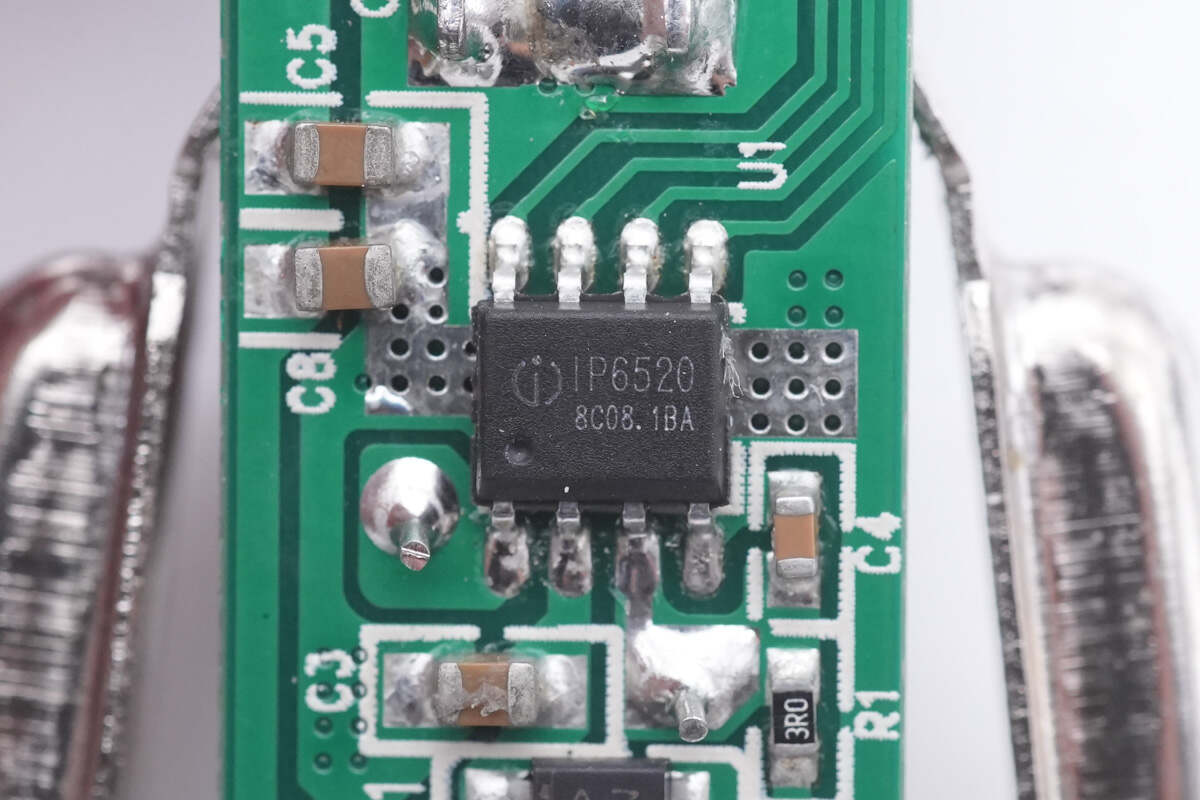
The USB-C port uses the Injoinic IP6520, which has built-in protocol chip and synchronous buck converter, with a very streamlined peripheral circuit, only requiring 7 resistor-capacitor components and 1 inductor, which can meet the 20W fast charging demand. It can be used for car chargers, fast charging power strips, and multi-port chargers. The conversion efficiency is high, and the protocol support is comprehensive. The IP6520 has passed the USB PD3.0 certification, with a certified TID number of 3277.
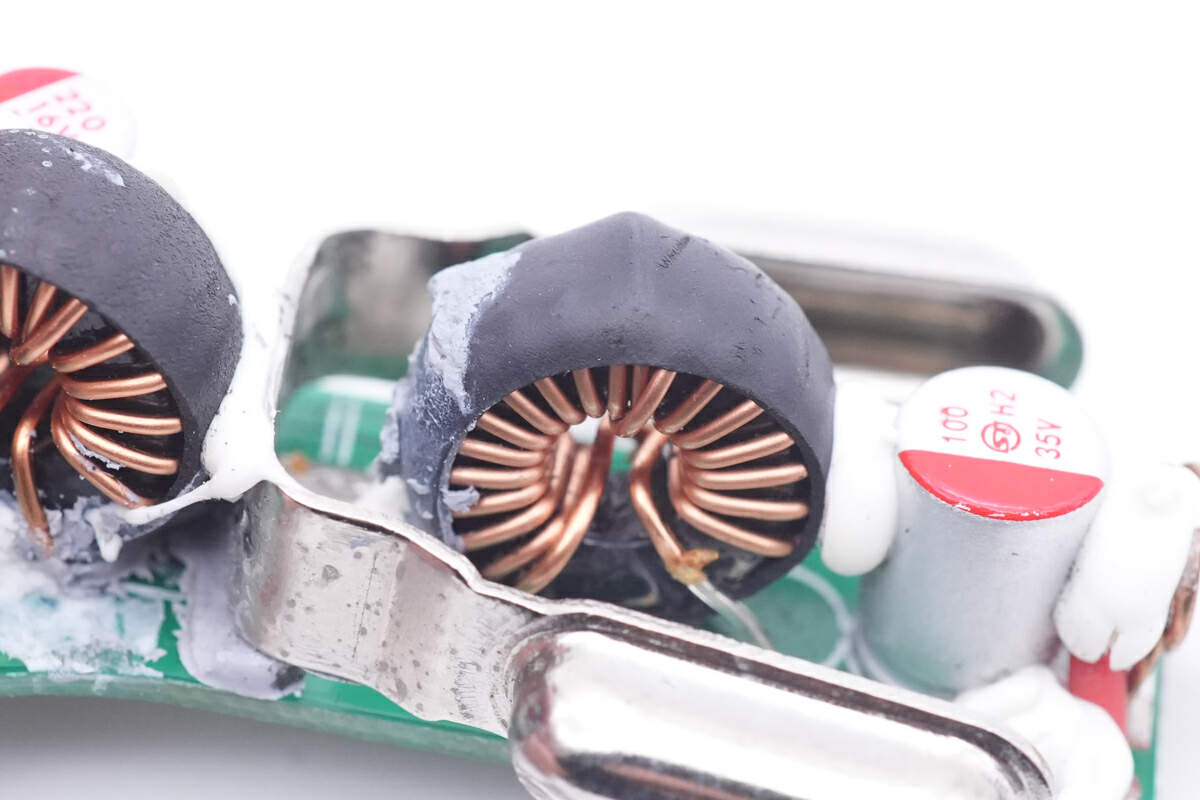
This buck inductor can work with the buck IC we just mentioned.
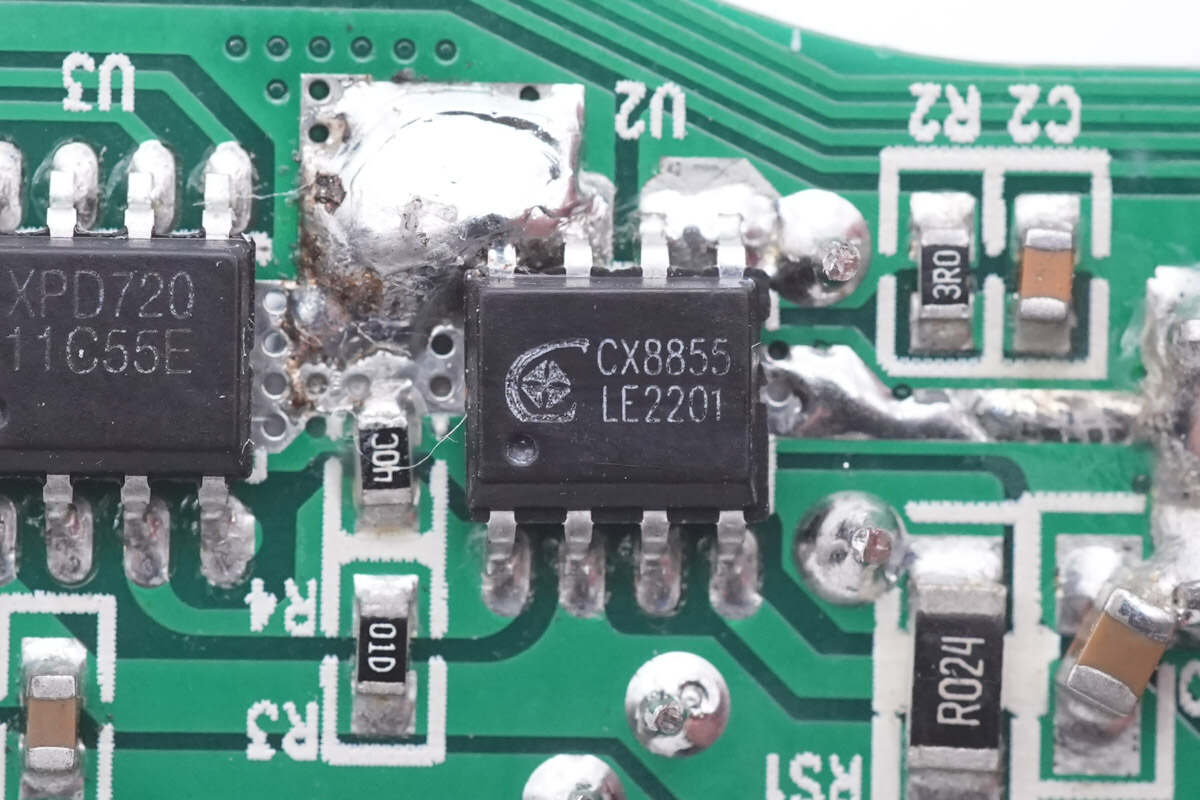
The other buck converter is used for another buck circuit, from Chengxinwei. It can support precise constant voltage and constant current. And the input voltage can be up to 32V. The model is CX8855.
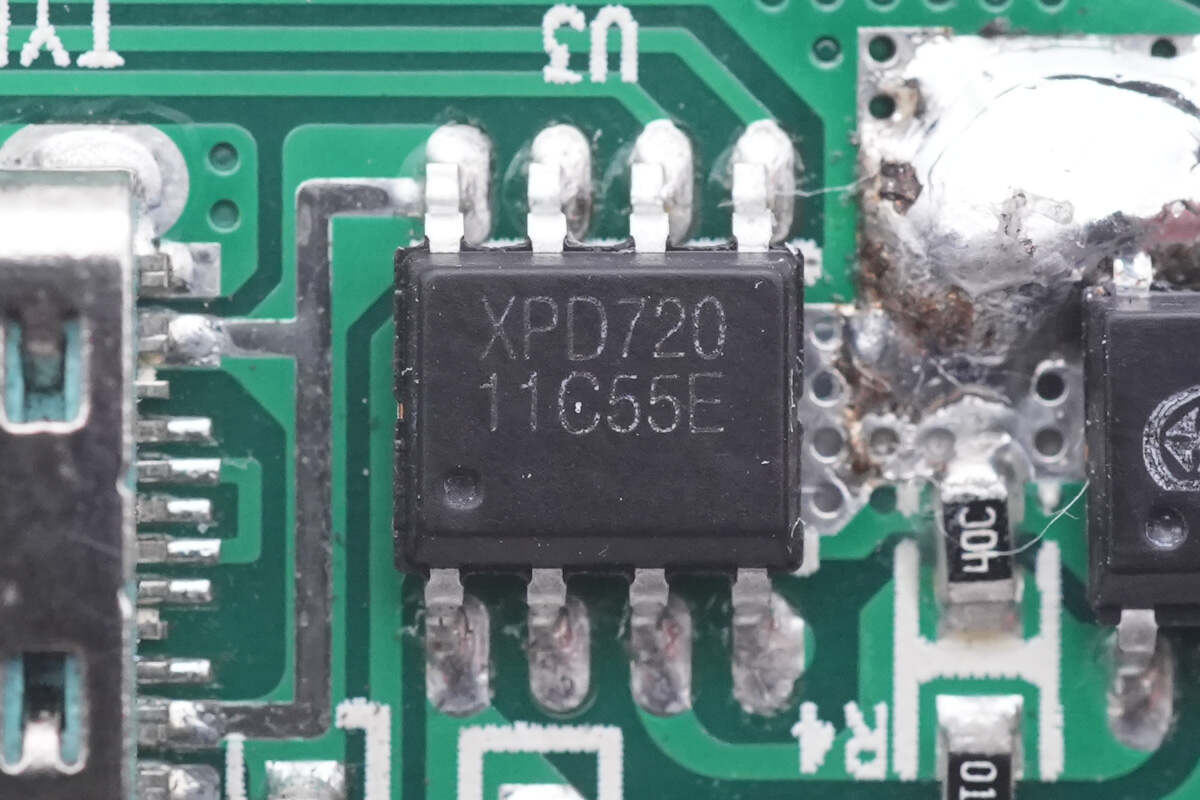
The USB PD protocol chip uses Wing Semiconductor XPD720, which has passed USB PD3.0 certification with a TID of 3479. It supports fast charging protocols such as QC2.0, QC3.0, AFC, FCP, SCP, HVSCP, PD, and PPS. It has an internal 10mΩ VBUS MOSFET and integrates a 10mΩ current detection resistor. The pins support overvoltage protection and have built-in protection functions, which can save peripheral components and reduce costs. It adopts ESOP8 package.
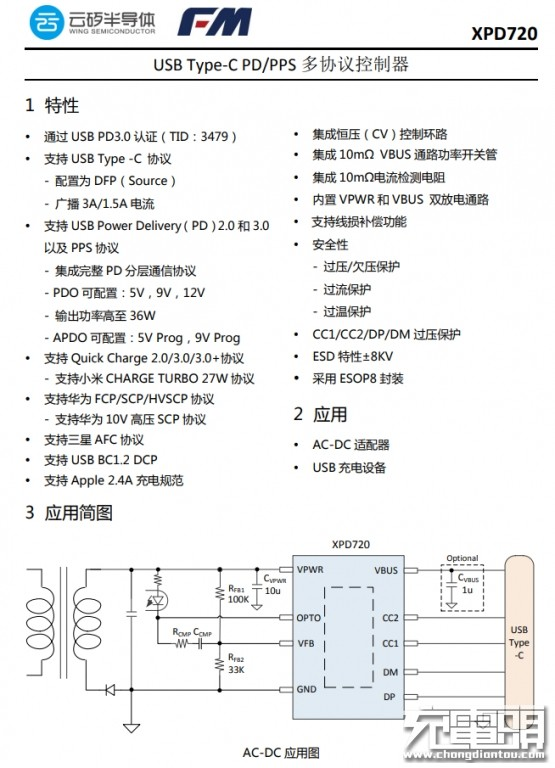
ChargerLAB learned that Bull, Belkin, Lenovo, Nokia, Philips, AUKEY, Baseus, Pisen, MOMAX and other brands also use Wing Semiconductor series fast charging protocol chips.
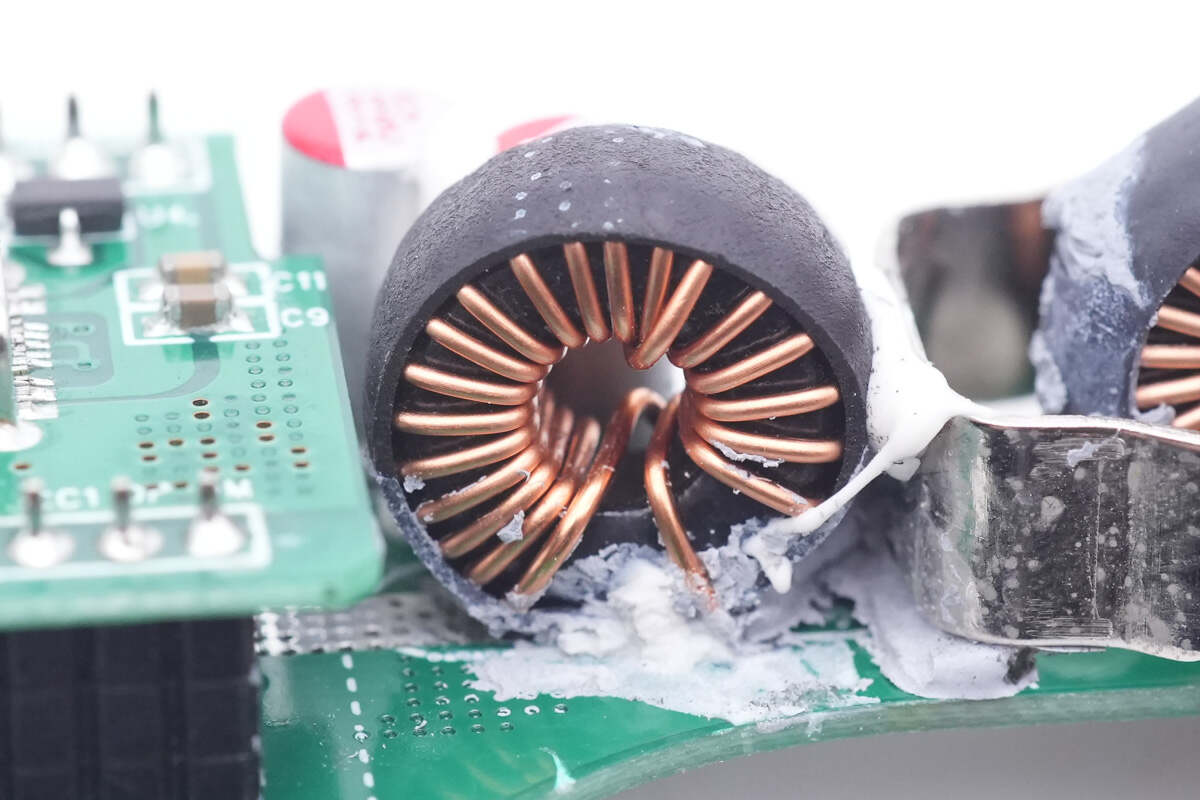
The other buck inductor is for another buck circuit.
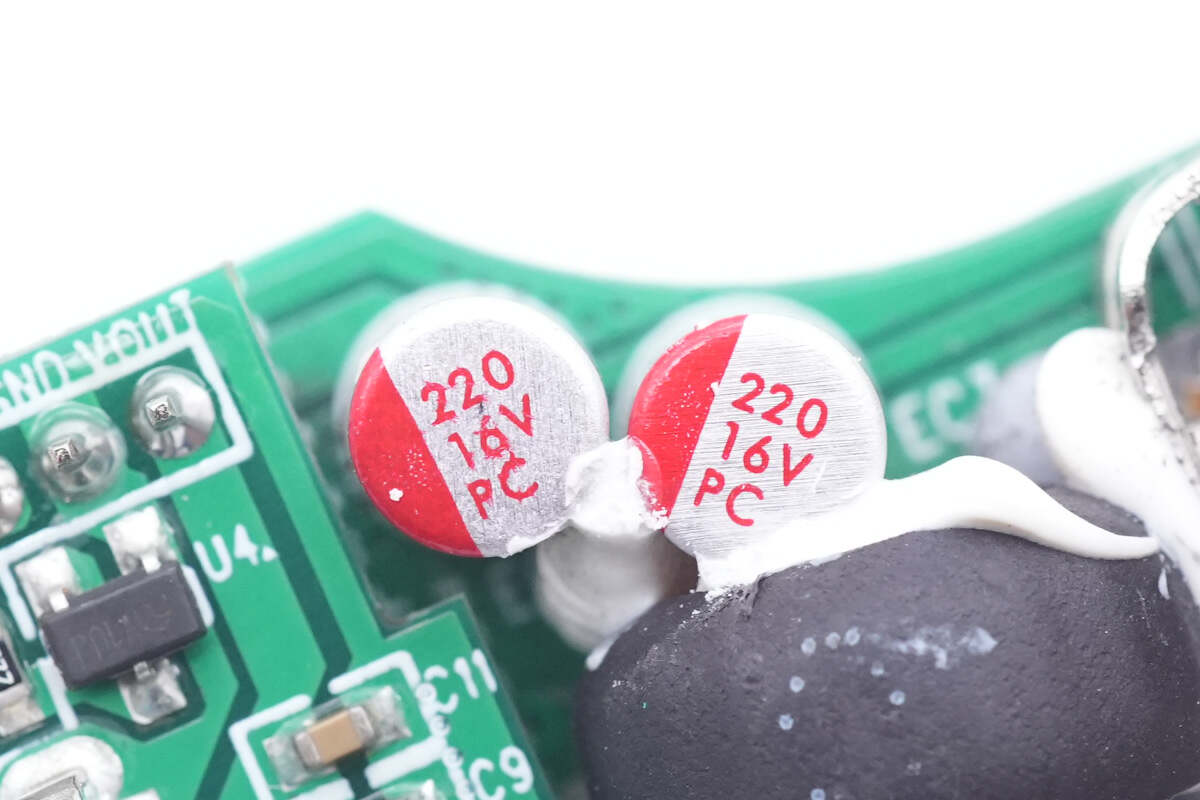
Those two solid capacitors for output filtering are 220μF 16V.
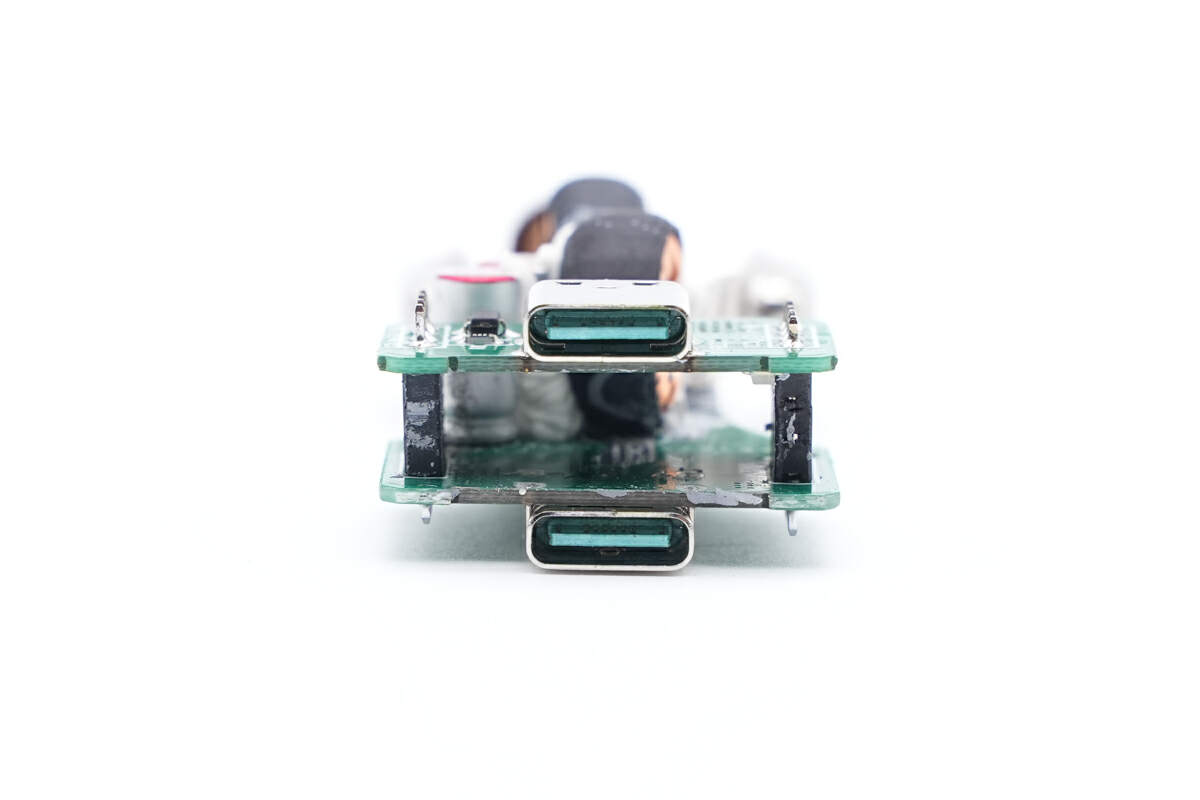
And two USB-C connectors are controlled by two independent buck circuits.
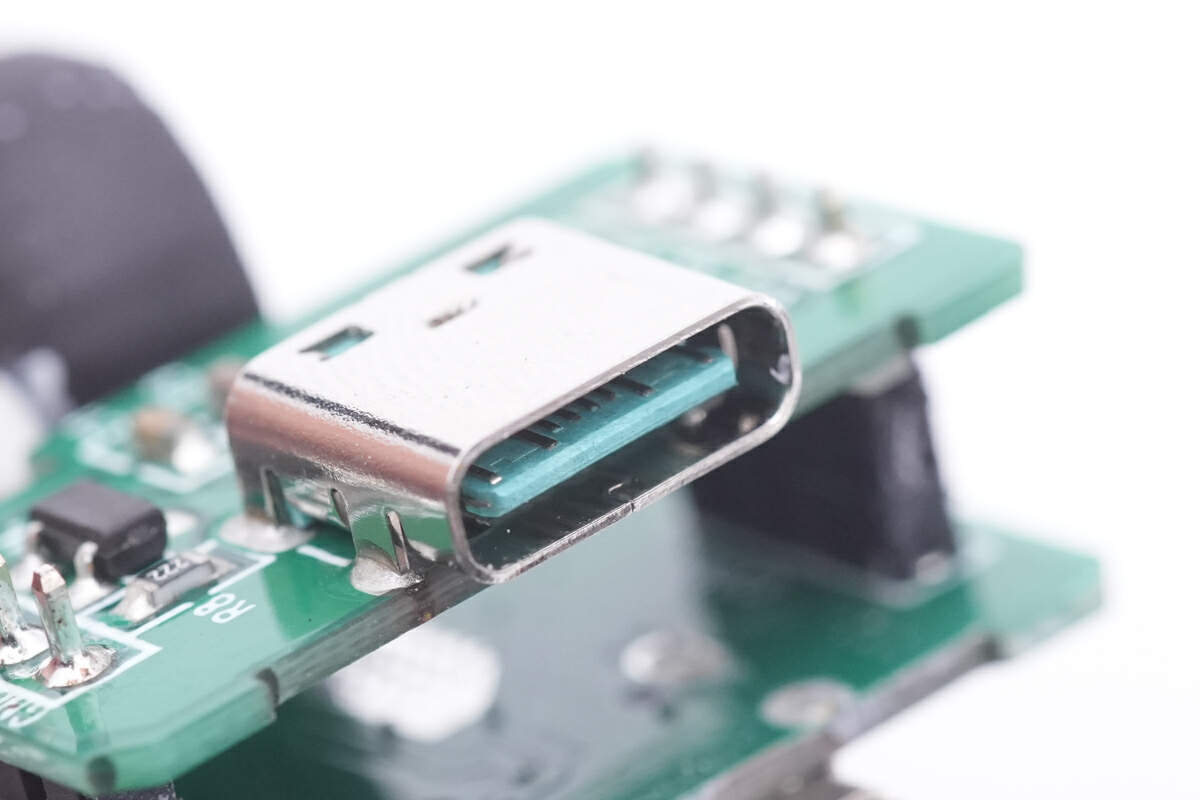
The plastic sheet inside the USB-C1 socket is cyan.
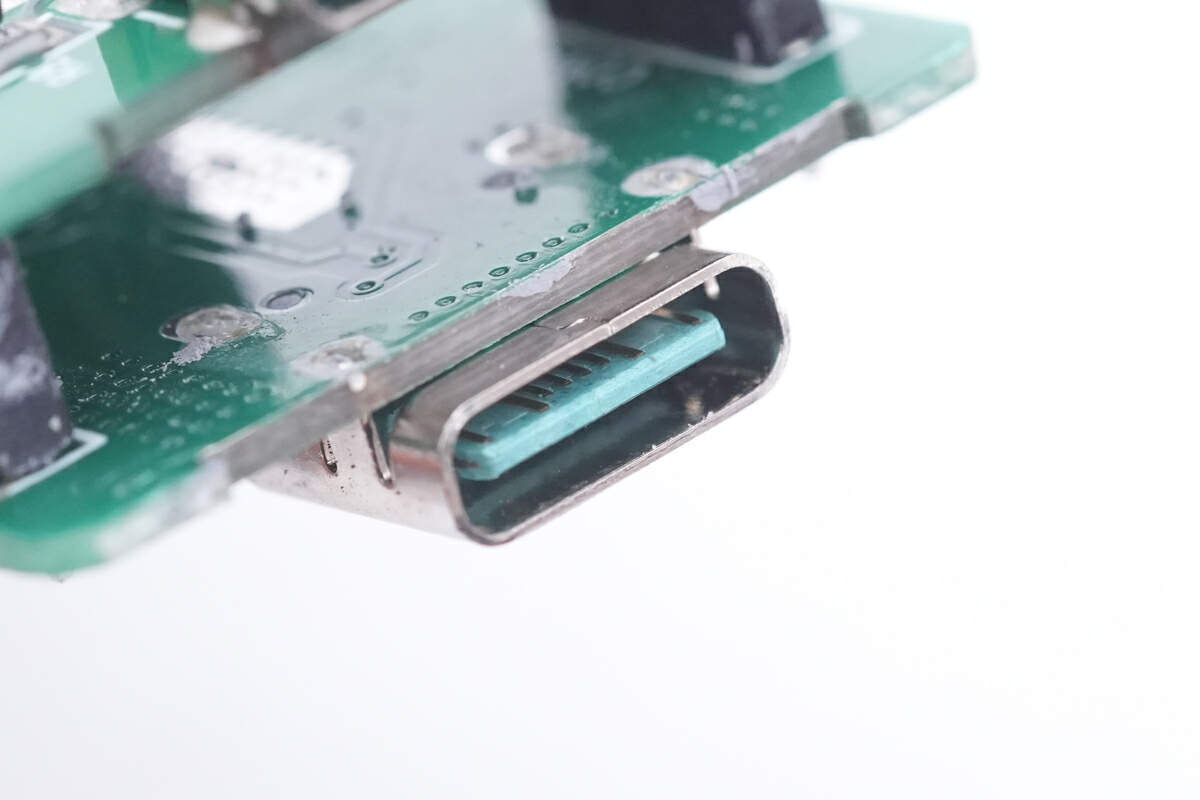
And the plastic sheet inside the USB-C2 socket is also cyan.
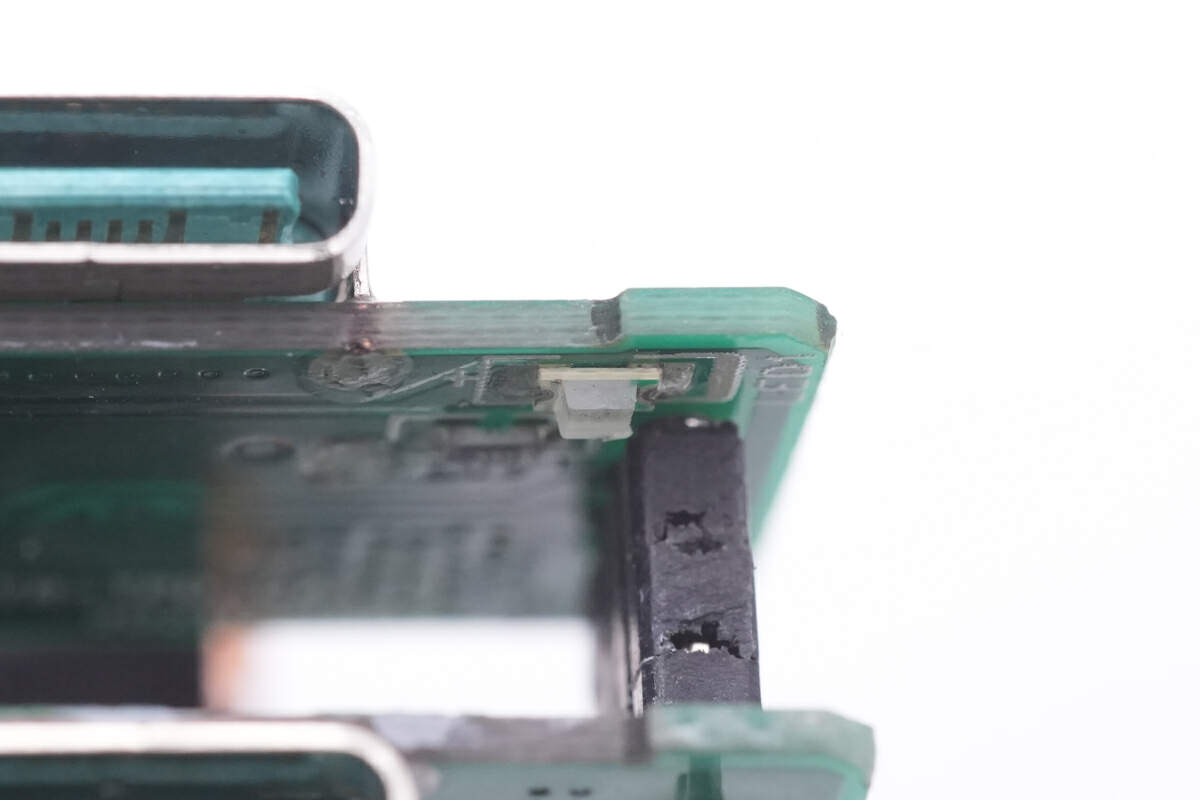
A LED indicator is soldered to the back of the small PCB, used for indicating the power of the car charger.
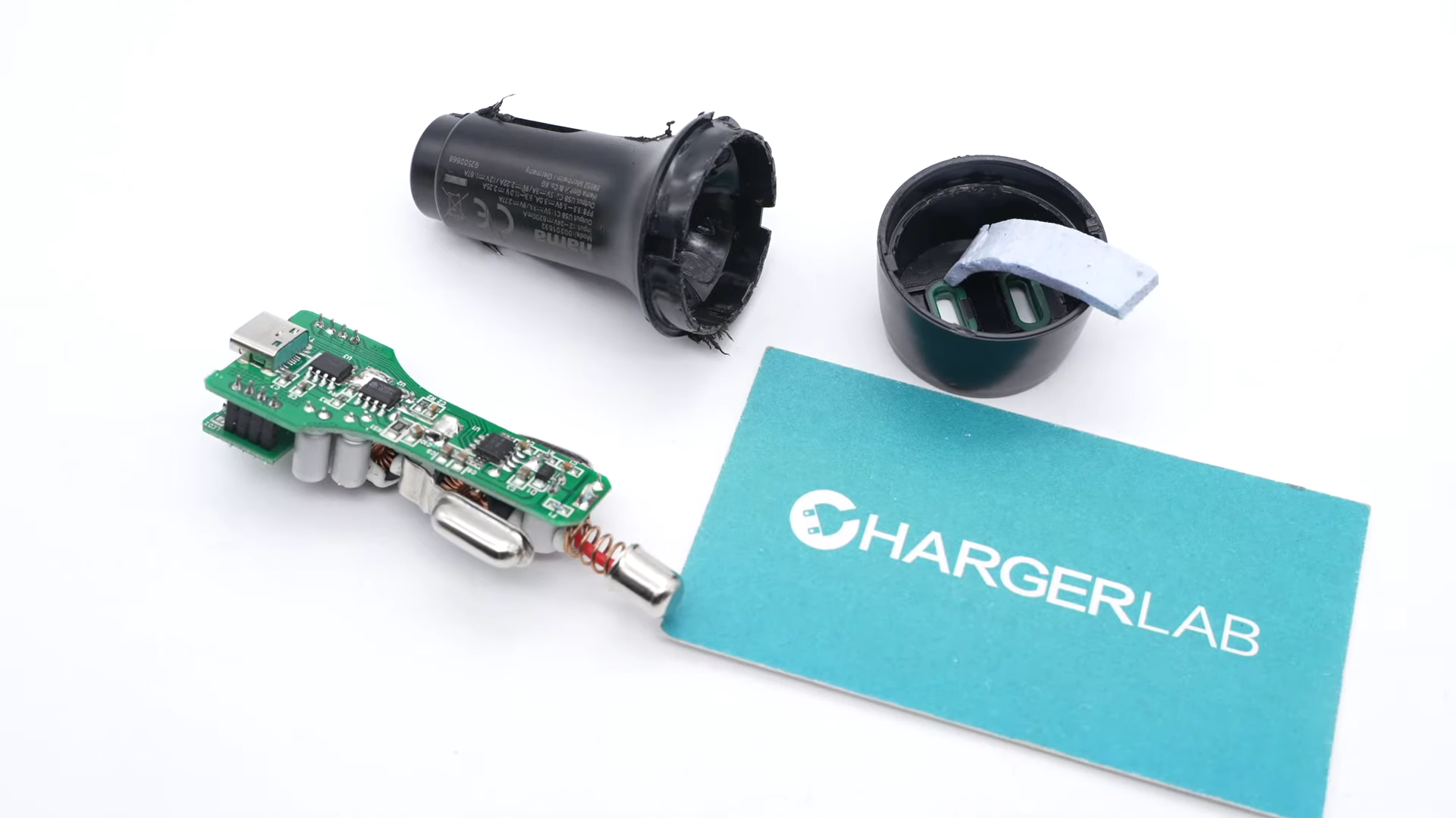
That's all for the teardown.
Summary of ChargerLAB
Well, that's all components for this 45W dual USB-C car charger from Hama. It can support wide range input of 12-24V and can be used in different vehicles.
After taking it apart, we found it integrates two independent buck circuits. It can ensure two phones are fast-charged at the same time. But the 45W is not enough to charge your laptops or other high-power devices.
Related Articles:
1. Teardown of MOMAX MoVe 100W Triple Ports Car Charger (2C1A)
2. Teardown of Hama 45W Car Charger With Dual USB-C Ports
3. Teardown of BMW 18W Dual USB Car Charger (1A1C)

